Last updated on April 22, 2024
Known as America’s Sailing Capitol, Annapolis has a picturesque waterfront and is Maryland’s state capitol with interesting history — making it the perfect place to visit for a weekend or longer. This quaint town has something to offer everyone. A little over 7 square miles of land with about 40,000 permanent residents, Annapolis is small enough that it is entirely walkable. This makes it ideal for visitors who enjoy all its charm along with sailboat cruises, walk through historic homes, buildings, and neighborhoods, hike nearby scenic trails, and enjoy its many shops and restaurants. It’s an excellent Chesapeake Bay area destination in Maryland, and it has several good day trip options, too.
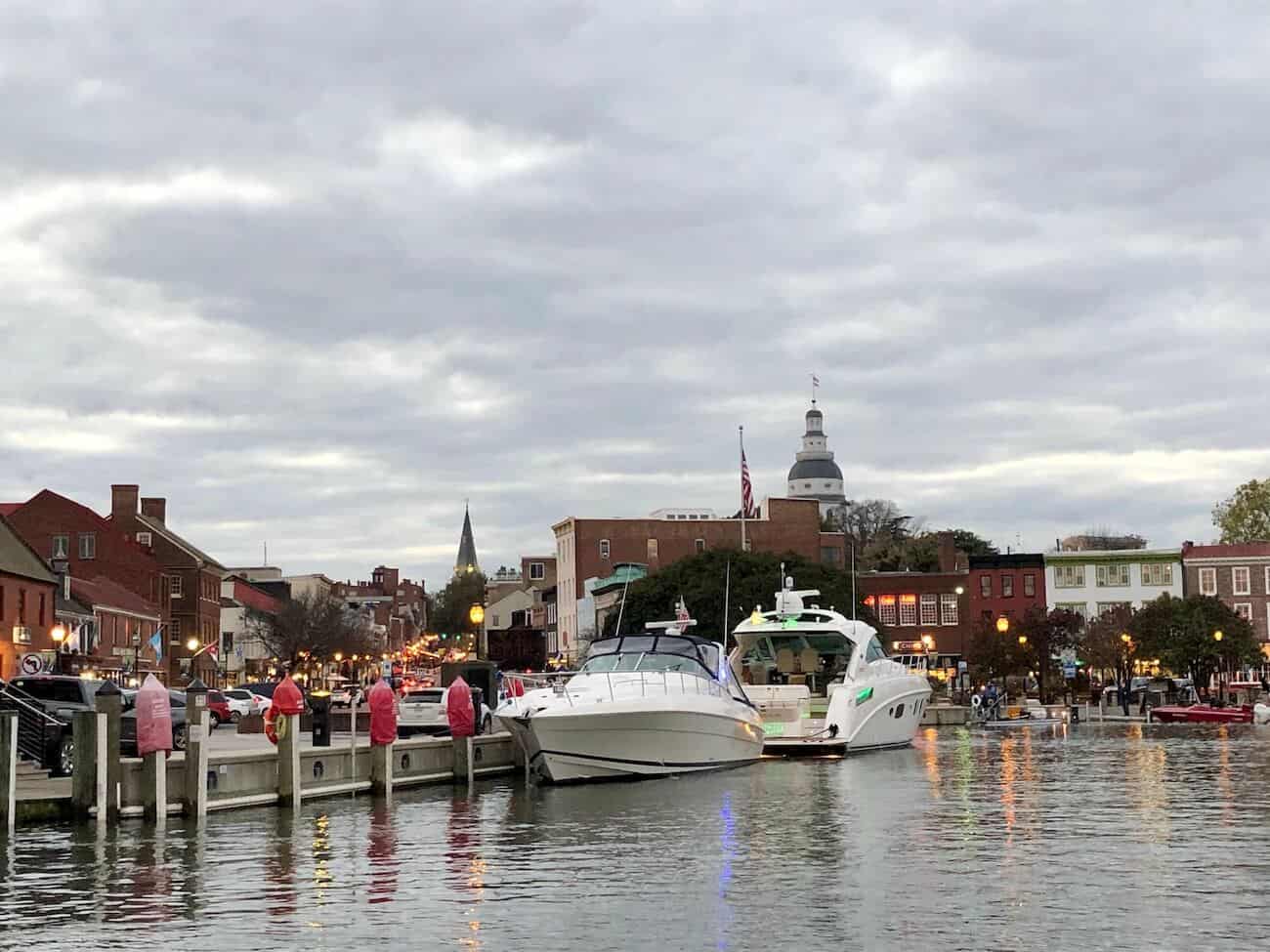
Listed below are the 17 best things to visit, see, and do during your visit to Annapolis.
#1 Annapolis City Dock
There’s a steady hub of activity at the City Dock (also called Ego Alley due to the plethora of large privately, owned vessels that often dock here). Several public cruises leave the dock during the day, and the handy water taxis take you from the dock on the short trip to Eastport where you’ll find plenty of great dining options.
Also at the dock is the Kunta Kinte-Alex Haley Memorial which depicts Alex Hailey reading to children. Roots, his 1976 book (and subsequent TV production), recounts the journey of an African ancestor, Kunta Kinte, who was enslaved and shipped to the U.S. An informational sign nearby provides some details about his life. Several plaques along the dock hold quotes from Roots.
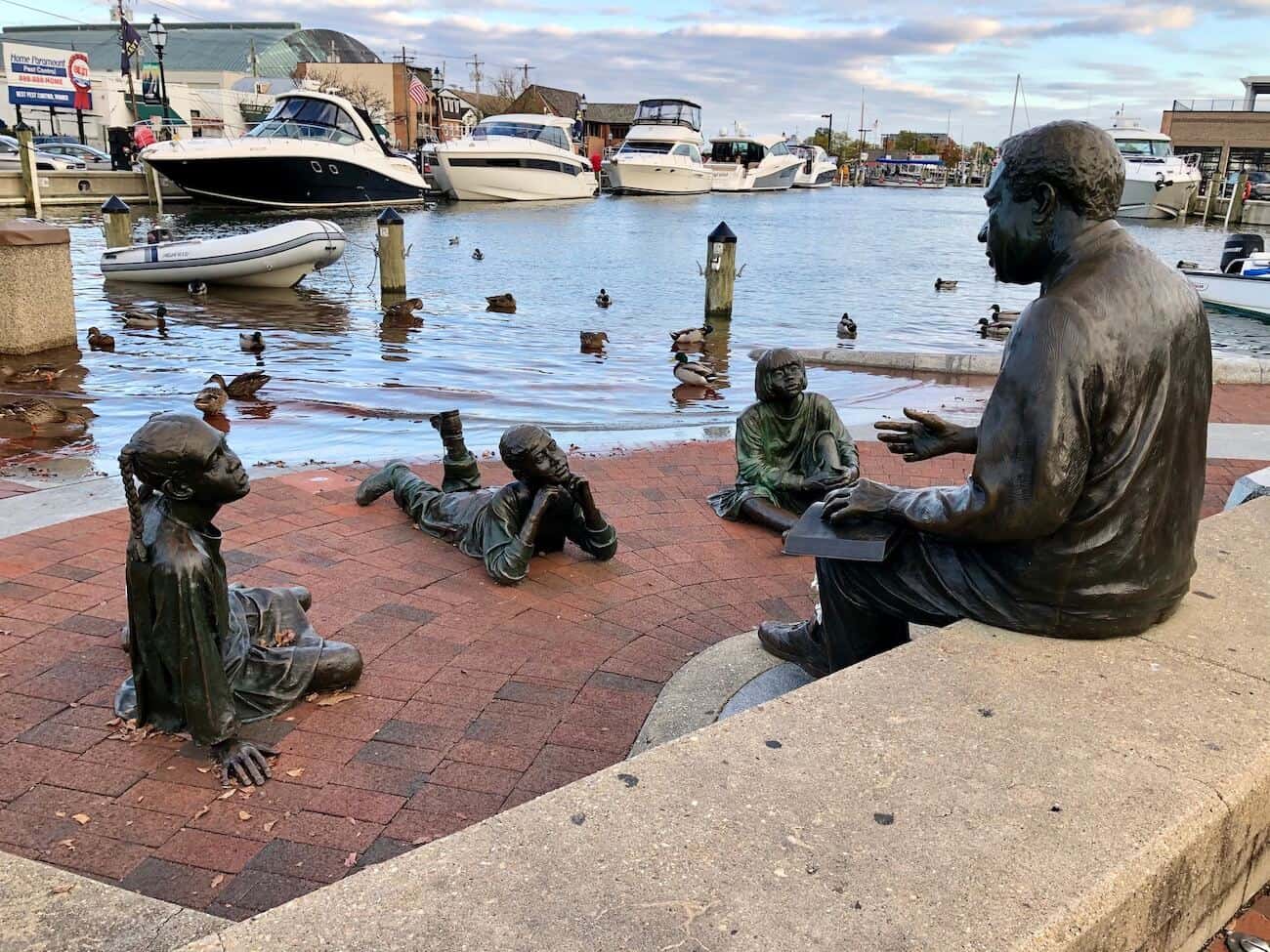
#2 U.S. Naval Academy
Founded In 1845, the U.S. Naval Academy is the capstone for many students as they seek to become U.S. Navy and Marine Corps officers. The campus, or “yard,” is a popular tourist destination. There are guided tours, and the grounds include a chapel; the sarcophagus holding the remains of John Paul Jones, naval leader of the American Revolution; a museum; a gift shop; a cemetery; and dining options: Drydock Restaurant (open Monday-Saturday) and The Alley (open to the public for lunch most weekdays).
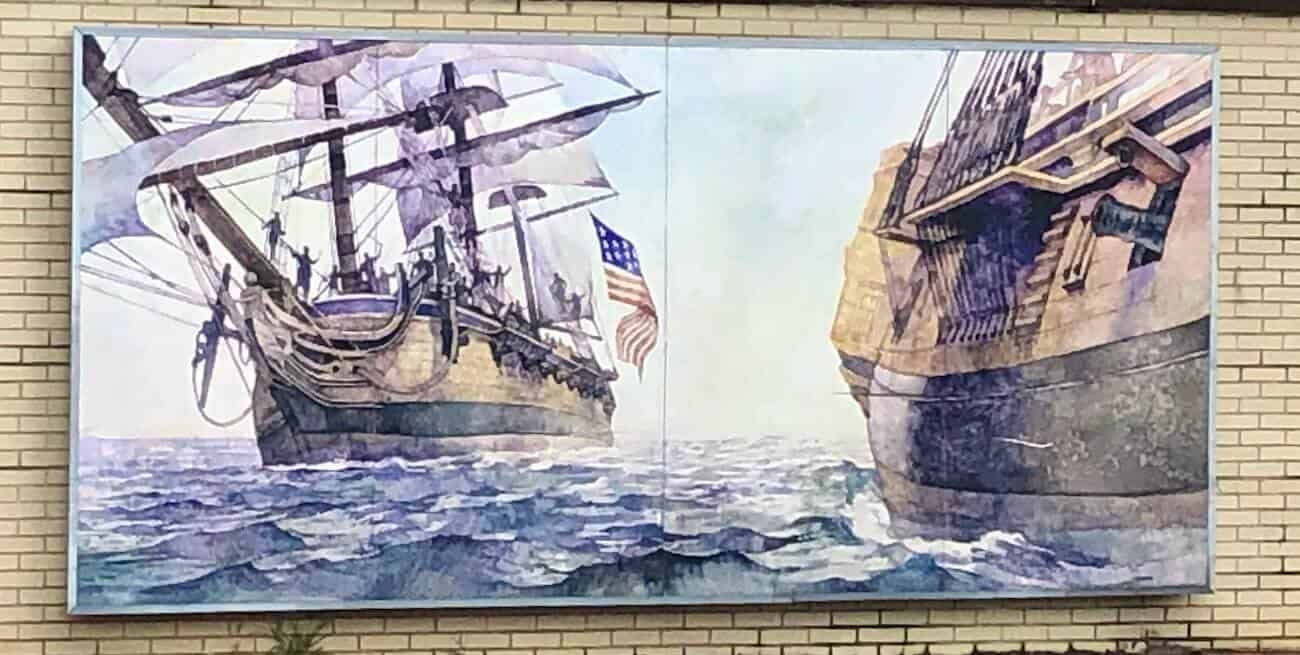
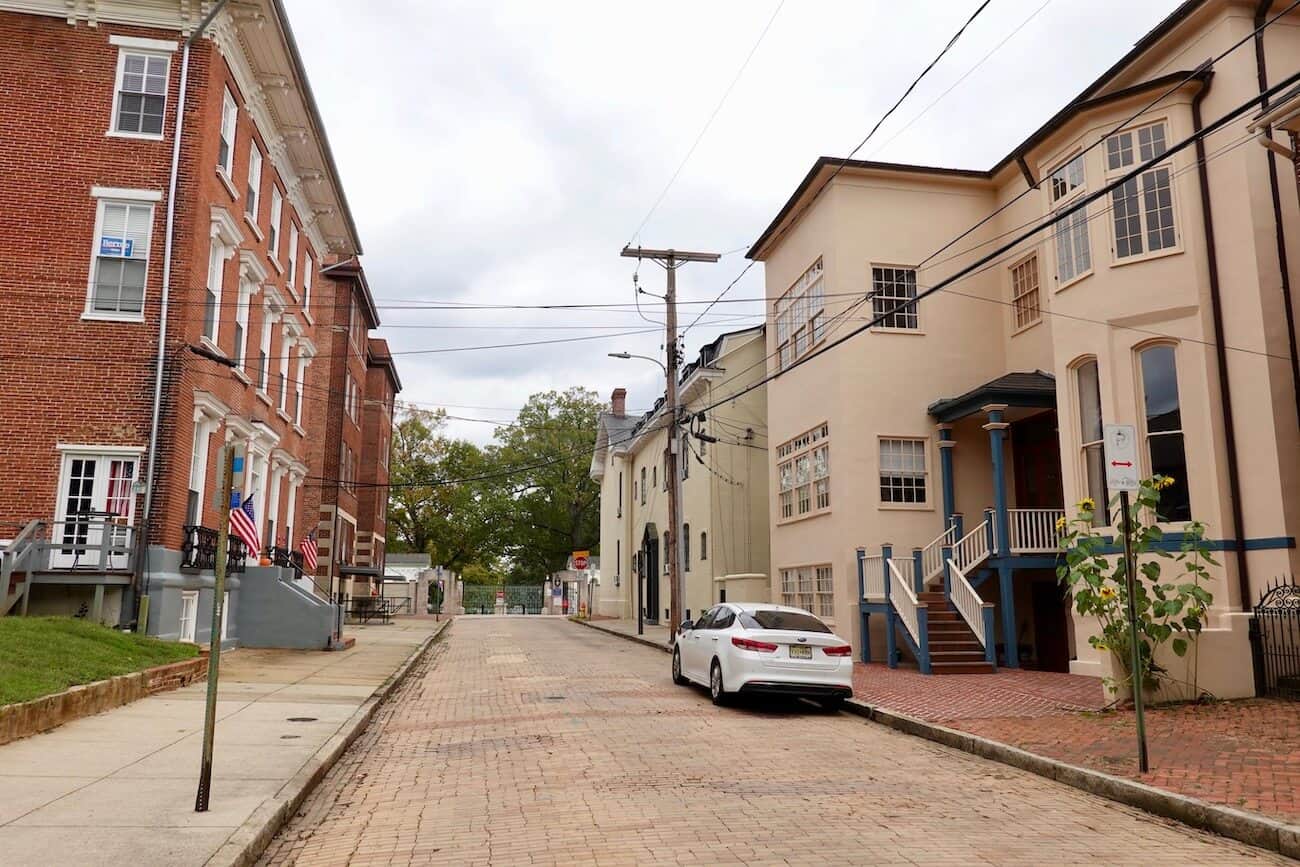
#3 Maryland State House
The Maryland State House, dating from 1779, is the oldest continuously used legislative house in the U.S. Its wooden dome, built without nails, is the largest of its kind in the country. Two significant events occurred here when it was the capital of the United States. First, General George Washington resigned his commission to the Continental Army in 1783. Second, the Treaty of Paris was ratified here in 1784, ending the American Revolutionary War. Both actions took place in the Old Senate Chamber.
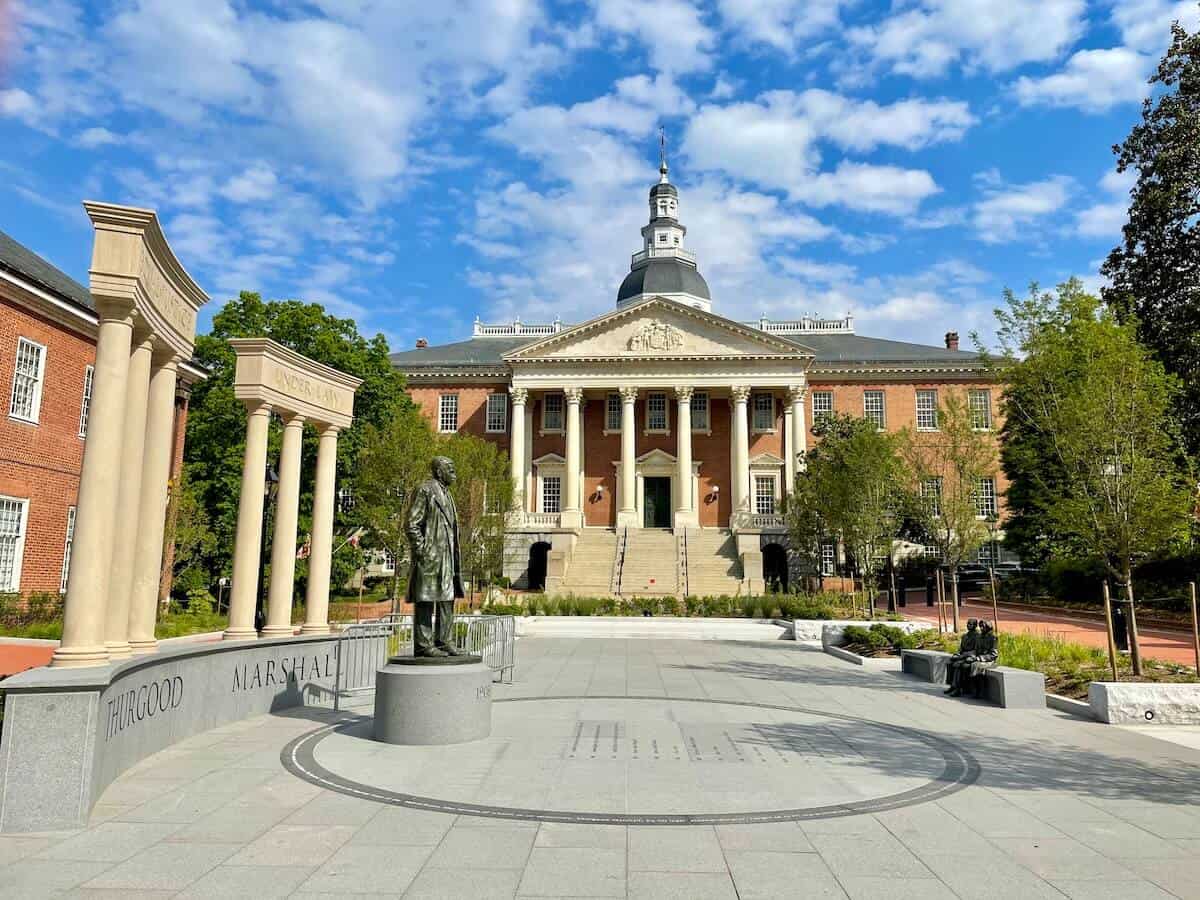
Also inside the State House is the portrait of Washington, Lafayette, and Tilghman at Yorktown by famed 18th-century artist Charles Willson Peale and other artists’ paintings and sculptures. The State House has a good virtual tour of the building’s interior. (As noted in the previous paragraph, be sure to check out the Old Senate Chamber, where important American history was made in the 18th century.)
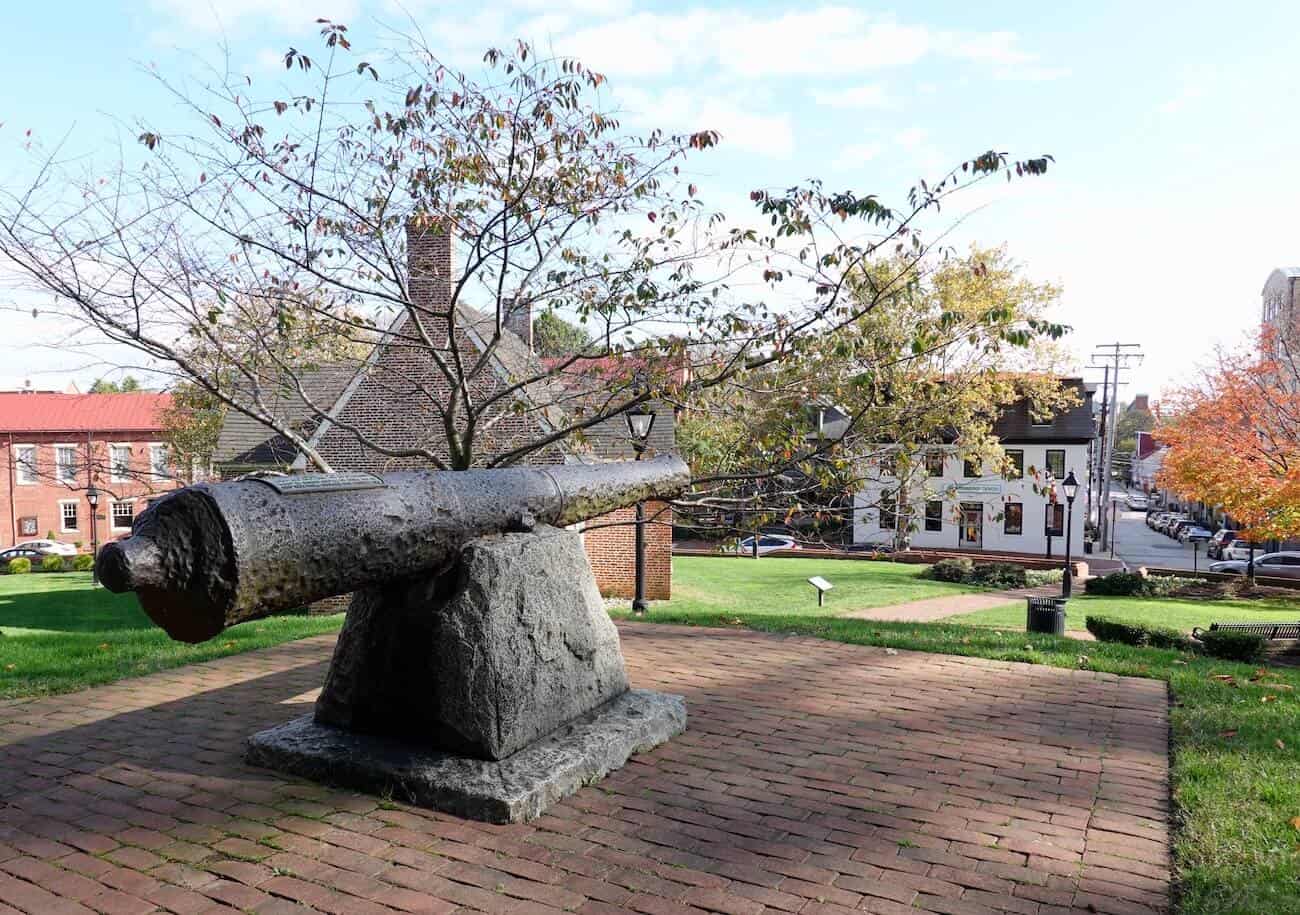
Spend some time enjoying the State House grounds. There’s a cannon dating from the 1600s, a bell from the decommissioned USS Maryland battleship (that survived the 1941 Pearl Harbor attack), a building that served as the treasury, and beautiful gardens. Stroll the grounds or simply relax on one of the benches. 100 State Circle.
#4 Hammond-Harwood House
A National Historic Landmark, the Hammond-Harwood House was built in the 1770s and features a collection of furniture and decorative art from the colonial period. It was built in the Georgian style, which was popular at the time, and incorporated symmetrical design features.
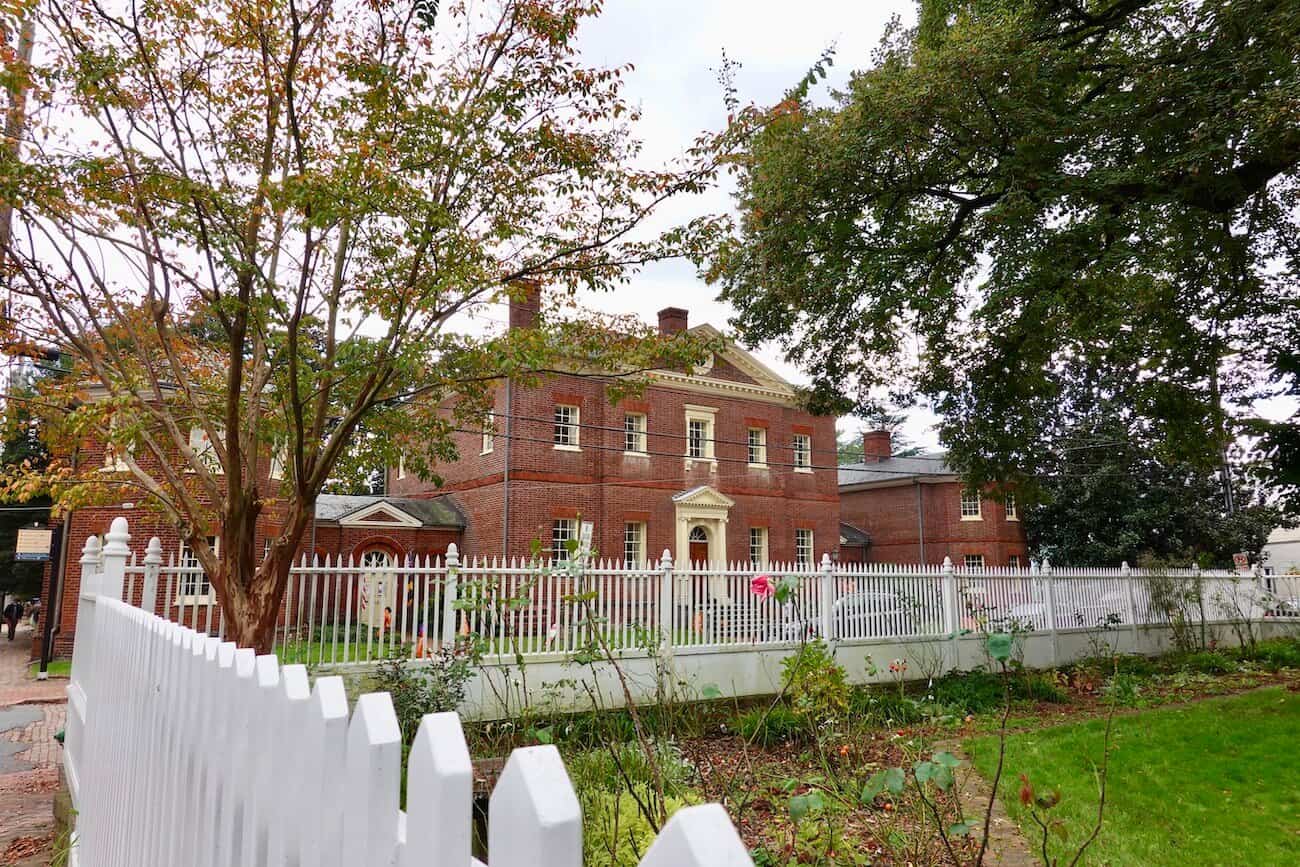
Tour the Hammond-Harwood House to gain insights into who designed and built the house, its occupants, and its history, along with portraits by the popular 18th-century portraitist Charles Willson Peale and beautiful wood pieces crafted by cabinetmaker John Shaw.
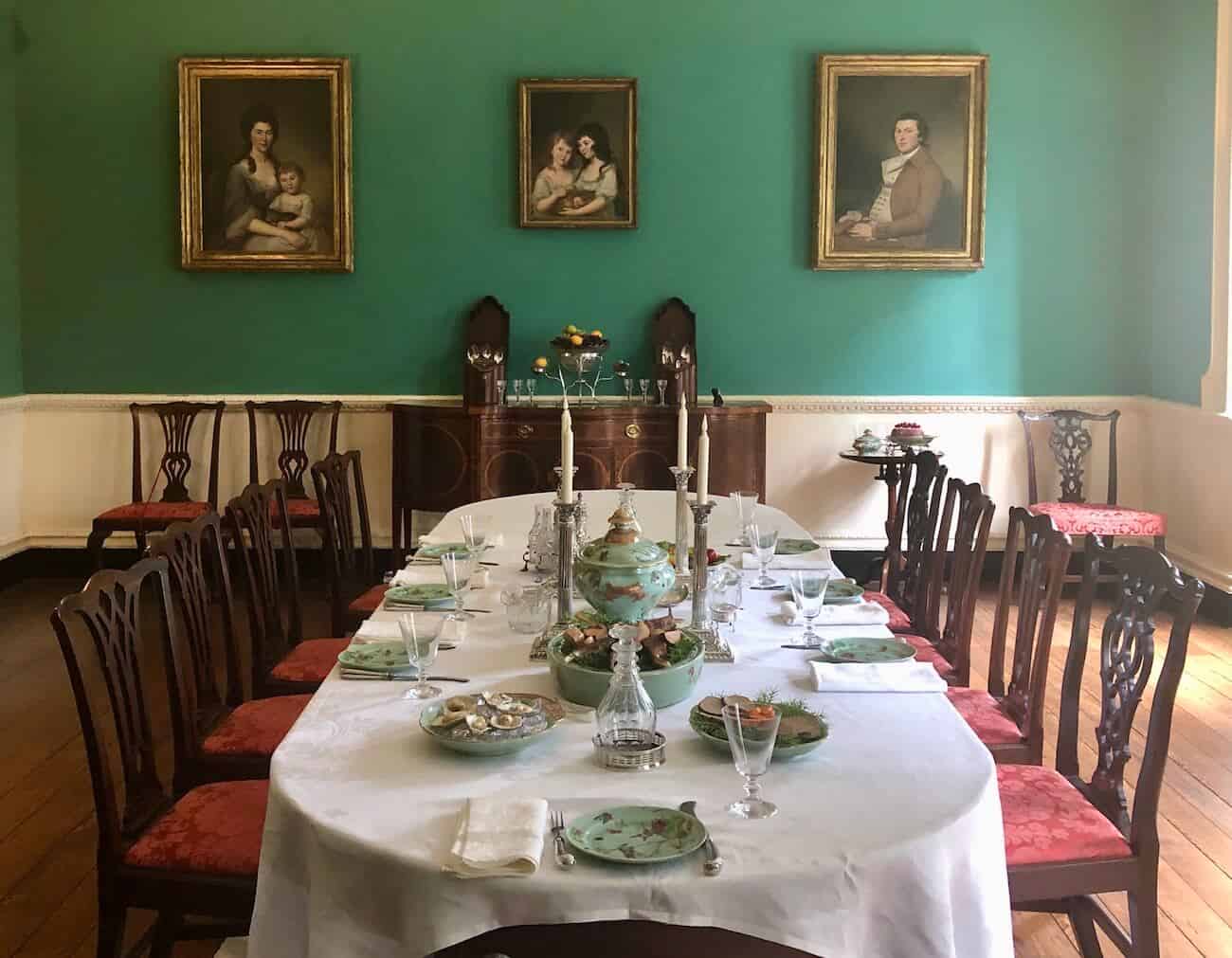
Thomas Jefferson visited this home and is said to have been inspired by key features of this house when designing Monticello, his home in Virginia. 19 Maryland Avenue. 410-263-4683.
#5 William Paca House and Garden
Another interesting historical house is the William Paca House, built in the Georgian style. Paca signed the Declaration of Independence and served as governor of Maryland for three terms. The original structure was later modified and expanded to serve as a hotel. Then in the 1960s, the state of Maryland purchased the property and restored it to its original design.
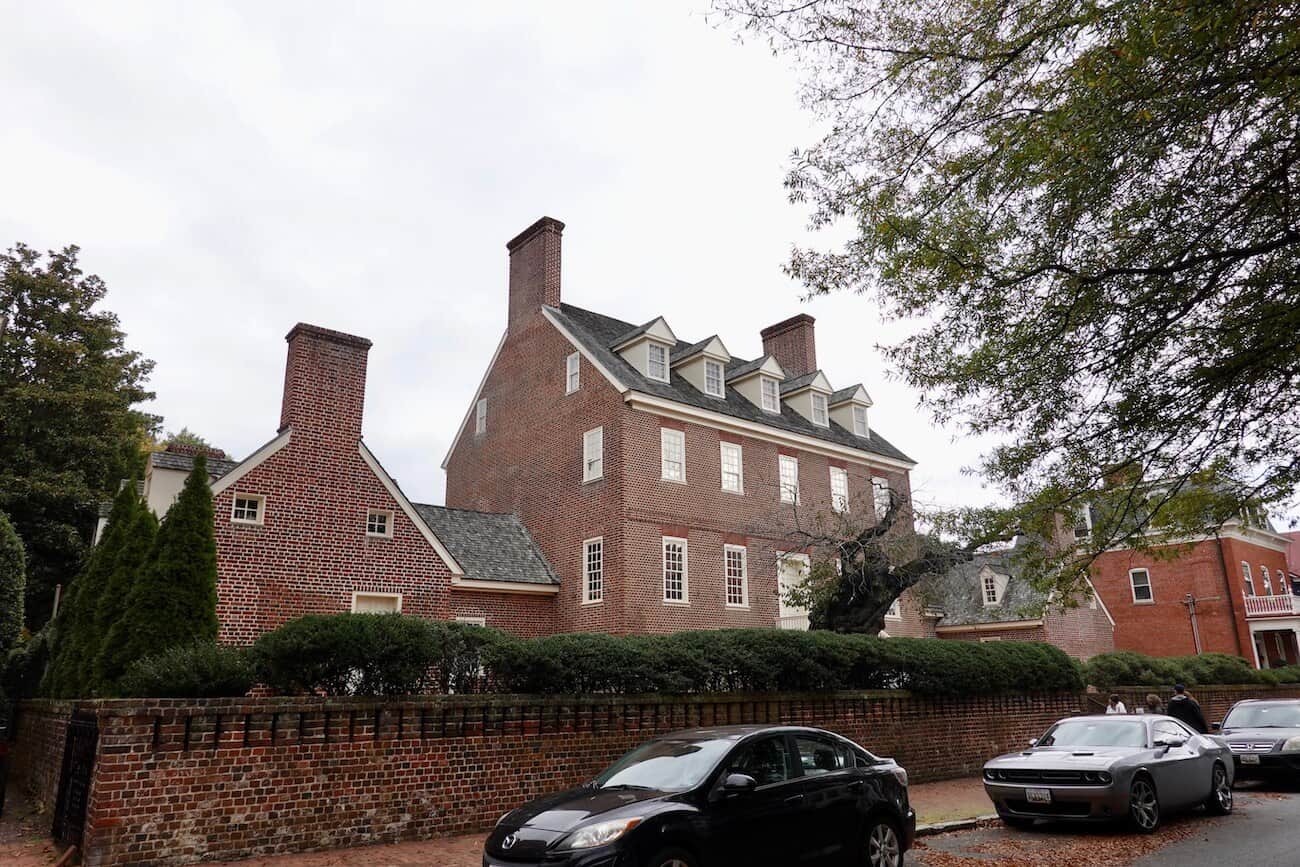
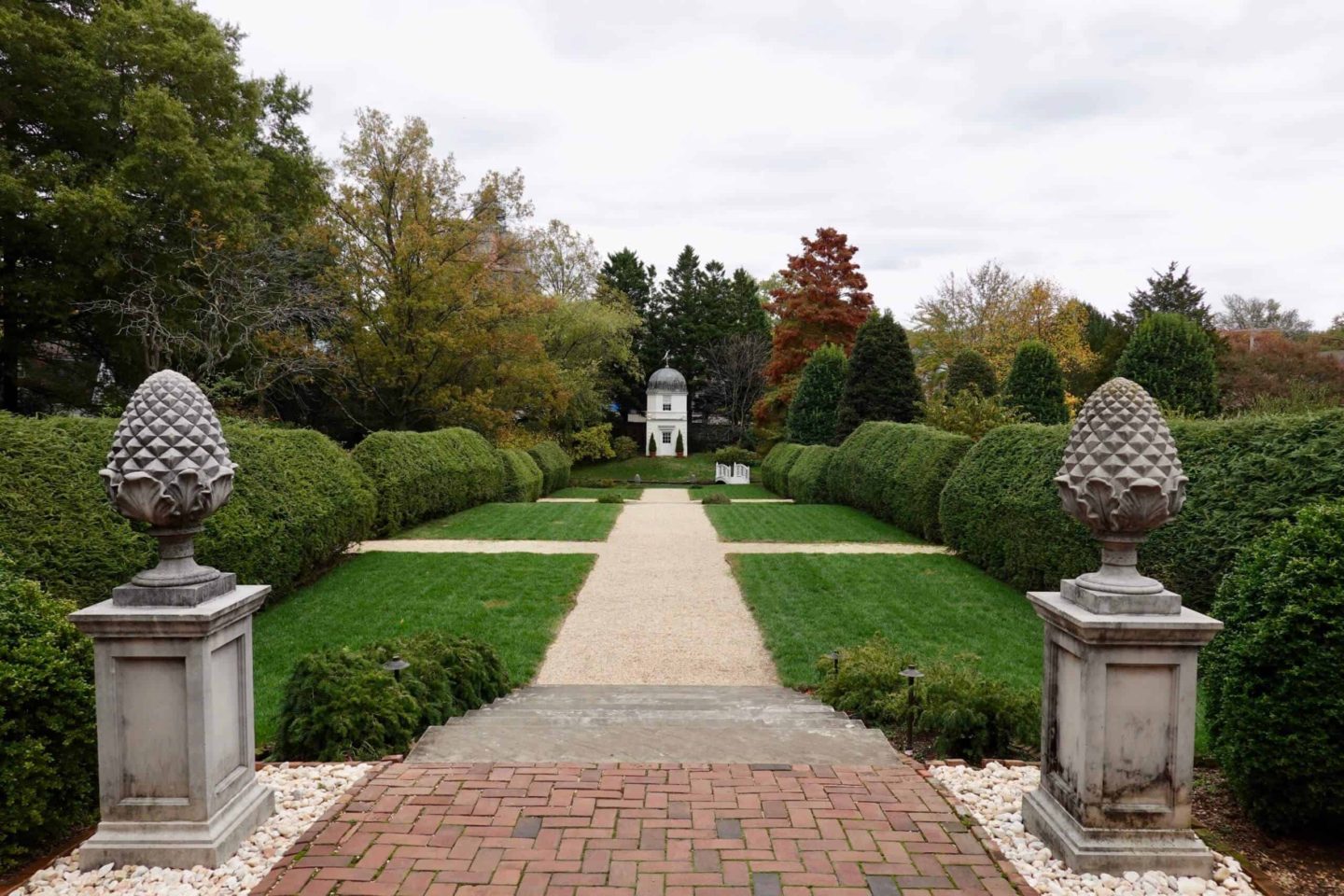
Inviting gardens grace the back of the property and allow you to visualize how relaxing the fish-shaped pond, summer house, water features, and various gardens were for the home’s residents. The gardens include an orchard, a kitchen garden, and plants grown for medicinal purposes. 186 Prince George Street. 410-990-4543. The gardens are open and available for guided and self-guided tours during the spring, summer, and fall; closed Mondays and Tuesdays.
#6 St. Anne’s Episcopal Church
The oldest church in Annapolis, St. Anne’s Episcopal Church, dates to 1692 and was an Anglican parish. The church that stands there today (still on the original site) in Church Circle was built in 1858, and the bell was donated by Queen Anne. Outside the church, the small graveyard includes some markers with a skull & crossbones, indicating that the deceased were inflicted with a contagious disease at the time of their deaths. Church Circle. 410-267-9333.
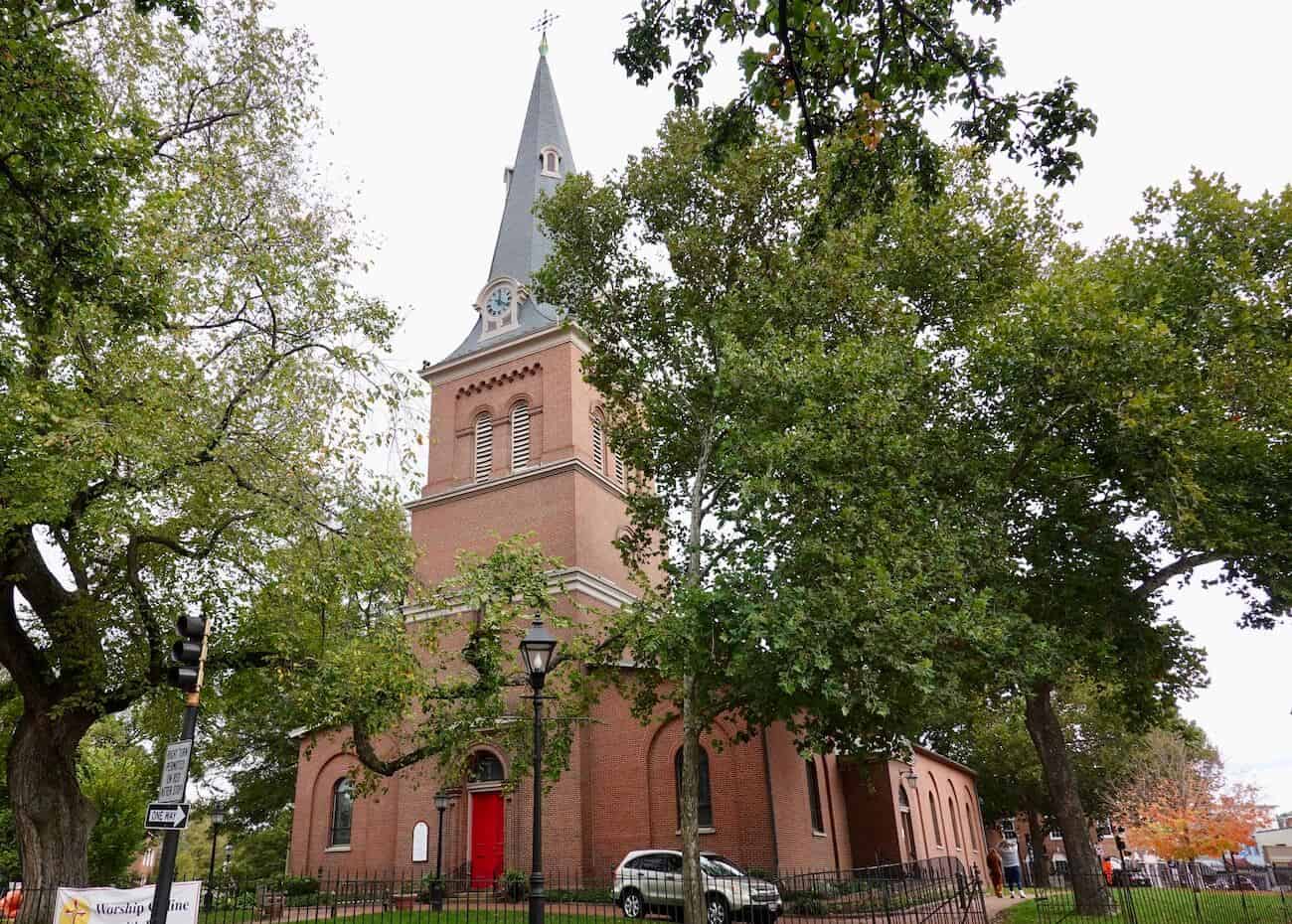
#7 Banneker-Douglass Museum
Banneker-Douglass Museum is the state’s official museum documenting African-American culture and history. It’s housed in a former African Methodist Episcopal church. Here you’ll find exhibits and artwork depicting the lives and contributions of African Americans who lived and worked in Maryland. Among those represented are Kunta Kinte, Benjamin Banneker, Frederick Douglass, Harriet Tubman, and Thurgood Marshall. 84 Franklin Street. 410-216-6180.
#8 Annapolis Maritime Museum
Housed in a former oyster-packing plant, the Annapolis Maritime Museum has a collection of artifacts and photographs documenting the all-important oyster industry that dominated the local economy for decades. The Maritime Museum offers cruises aboard the Wilma Lee, a retired Skipjack boat that was used for oyster harvesting. In addition, they have a cruise to the iconic Thomas Point Lighthouse. 723 Second Street. 410-295-0104.
#9 St. John’s College
St. John’s College succeeded King William’s School, founded in 1696 in another part of town, as an institution of higher education. It follows a liberal arts curriculum in a non-traditional manner as its students focus on reading and discussing, according to their website, “the most important books and ideas of Western civilization.” If this piques your interest, head to their website to view the students’ extensive reading list.
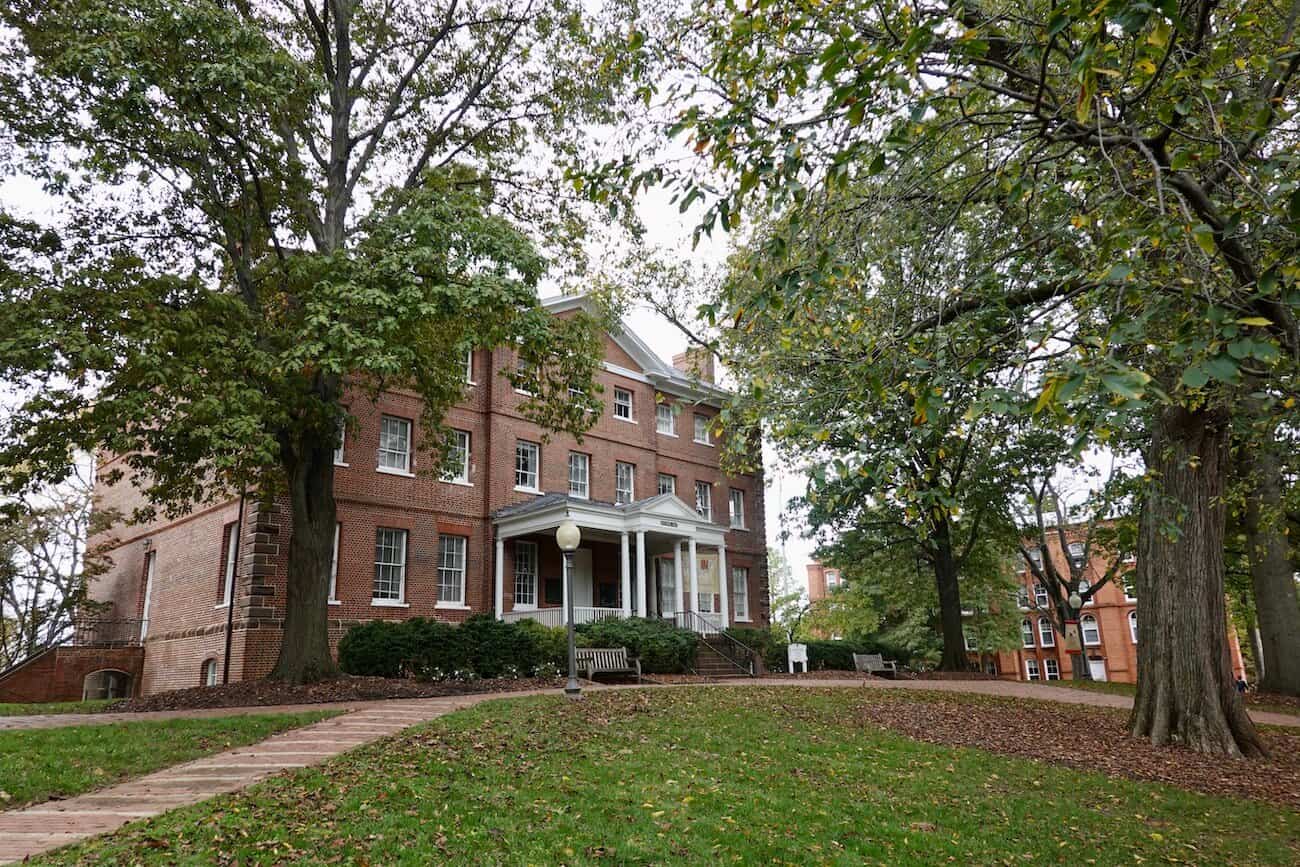
I found it interesting to learn that four of the college’s founders signed the Declaration of Independence and that Francis Scott Key, who penned “The Star Spangled Banner,” graduated from St. John’s.
Croquet, Anyone?
The college’s expansive lawn is the setting for the Annapolis Cup, an annual croquet match between the “Johnnies” of St. John’s College and the “Middies” of the U.S. Naval Academy. It’s quite a social affair for residents, and this spring event’s ticket and food proceeds benefit local charities. It all originated in the 1980s when, as the story goes, some Johnnies and Middies got to talking, and the Middies suggested they could beat the Johnnies in sports. As the conversation continued, the Middies invited the Johnnies to a tournament — of a sport that the Johnnies could choose. What was it? Croquet! As it turns out, the Johnnies have won most of the yearly matches.
Stroll along the paths shaded by large trees, some of which were planted from seed in the 1890s. There are a number of memorials and statues that remember important historical points on the lovely grounds. 60 College Avenue.
#10 Cruising the Bay
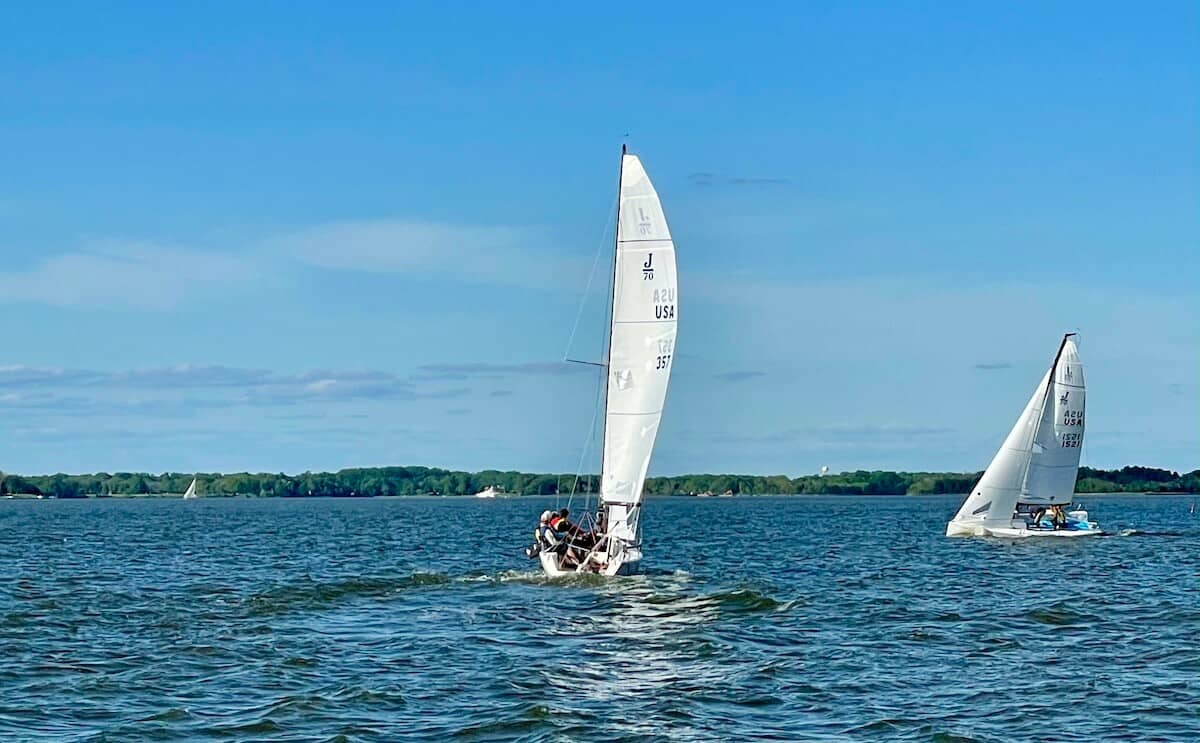
Choose your vessel — so many options! Annapolis is considered America’s Sailing Capital, after all. There are a variety of narrated cruises on different types of boats. Plus, there are outfits that will teach you to sail. Do an online search for a complete list of options during the spring, summer, and fall, but here are some popular boating options:
- Skipjack Cruise: The Annapolis Maritime Museum offers tours aboard their reconditioned Skipjack, a boat that was used to harvest oysters, a key industry decades ago. You’ll learn about the boat style (interestingly, a Skipjack’s overall dimensions were decided after harvesting a tree that would later become the mast; the height of the mast determined the boat’s other exact measurements); the ecological role oysters play in the marine environment; and more about the city’s history and interesting sights. Check the museum’s website for complete information on their cruising options.
- Thomas Point Shoal Lighthouse Cruise: The Annapolis Maritime Museum offers this cruise and tour option on Saturdays during the season. This lighthouse, built in 1875, is a National Historic Landmark.
- Schooner Cruise: The 74-foot Woodwind and Woodwind II schooners are replicas of this style of yacht popular over a hundred years ago. You’ll sail as far as the wind will take you — maybe even to the Chesapeake Bay Bridge — and back on your 2-hour journey.
- Other Cruises: Watermark offers several cruises around the harbor, around the Thomas Point Lighthouse, and roundtrip cruises across the bay to St. Michael’s, another charming coastal town.
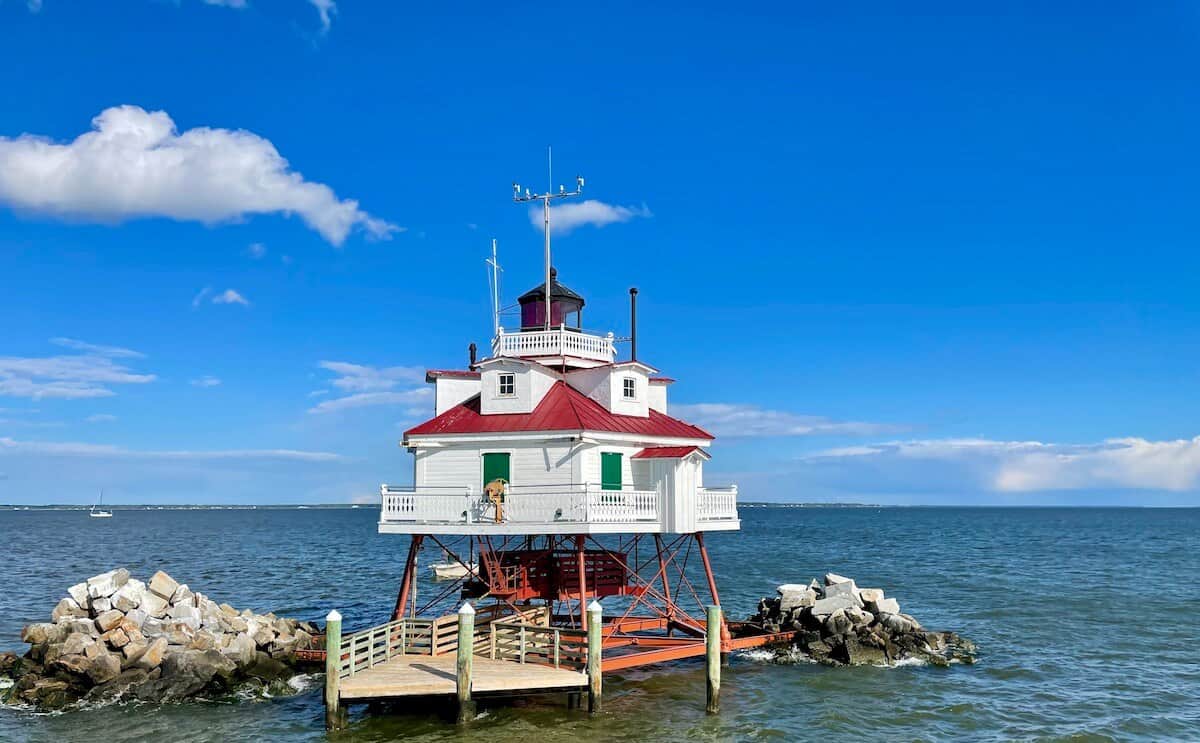
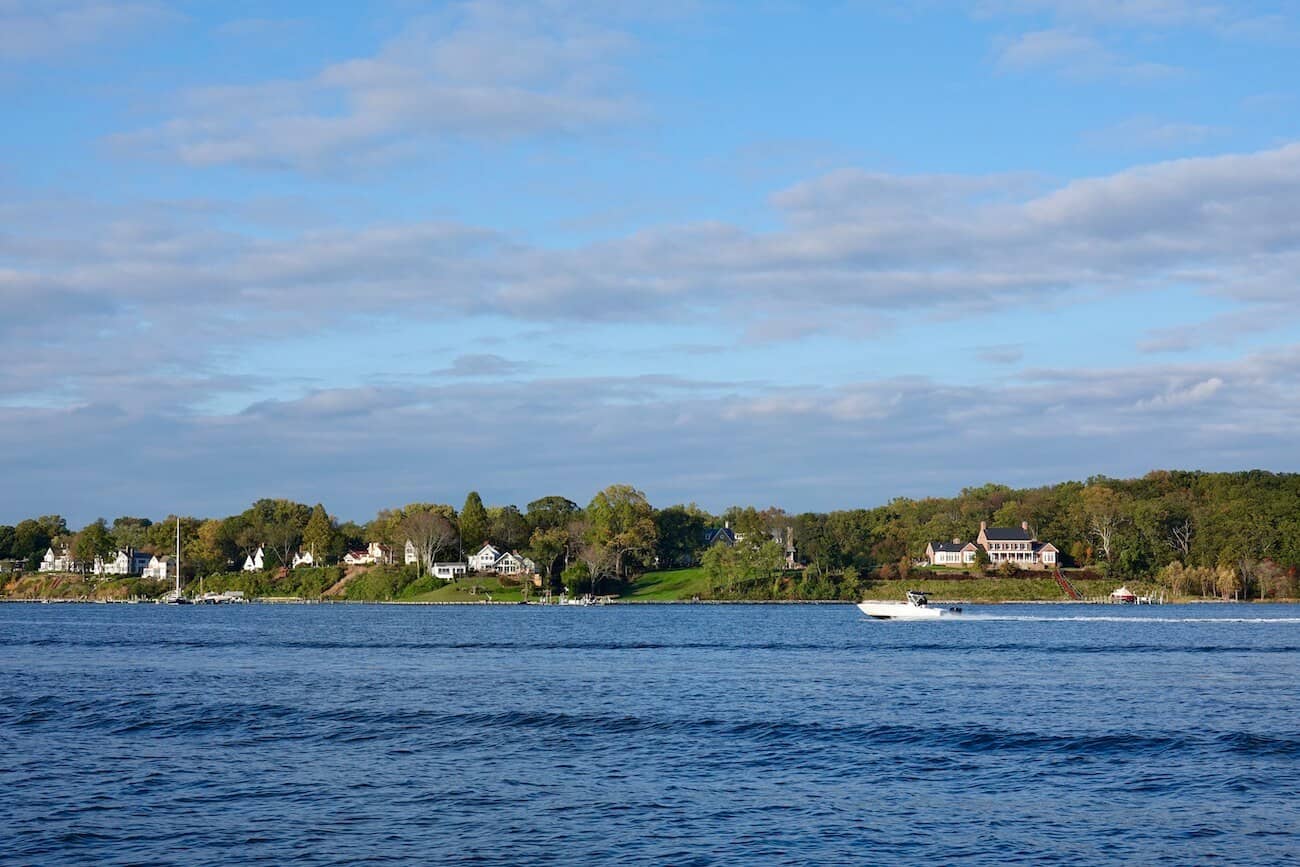
#11 Guided Walking Tour
A guided walking tour is The best way to understand Annapolis and its deep history. Several companies offer walking tours that comprehensively delve into the history of this storied town. My husband and I were amazed at the depth of interesting detail on our walk with Colonial Tours Annapolis and highly recommend them.
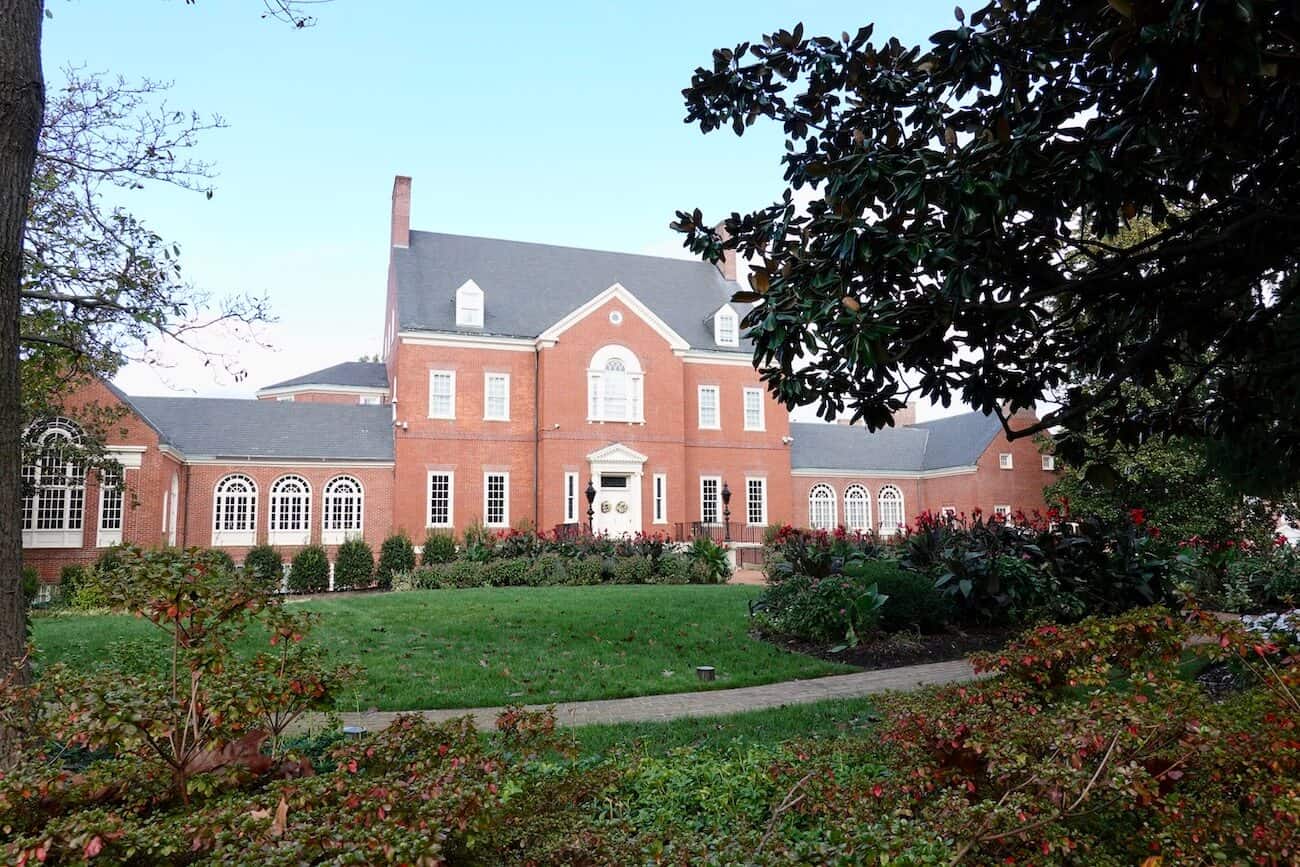
#12 Art and Architecture Stroll
It’s easy to get your fill of art and architecture in Annapolis. Here is an excellent overview of the visual arts in Annapolis. Besides the visual arts, Annapolis boasts quite a bit of indoor and outdoor performance art, as well.
Public Art: Murals adorn some public spaces (on interiors and exteriors of buildings), and statues remind us of important happenings in the city’s history.
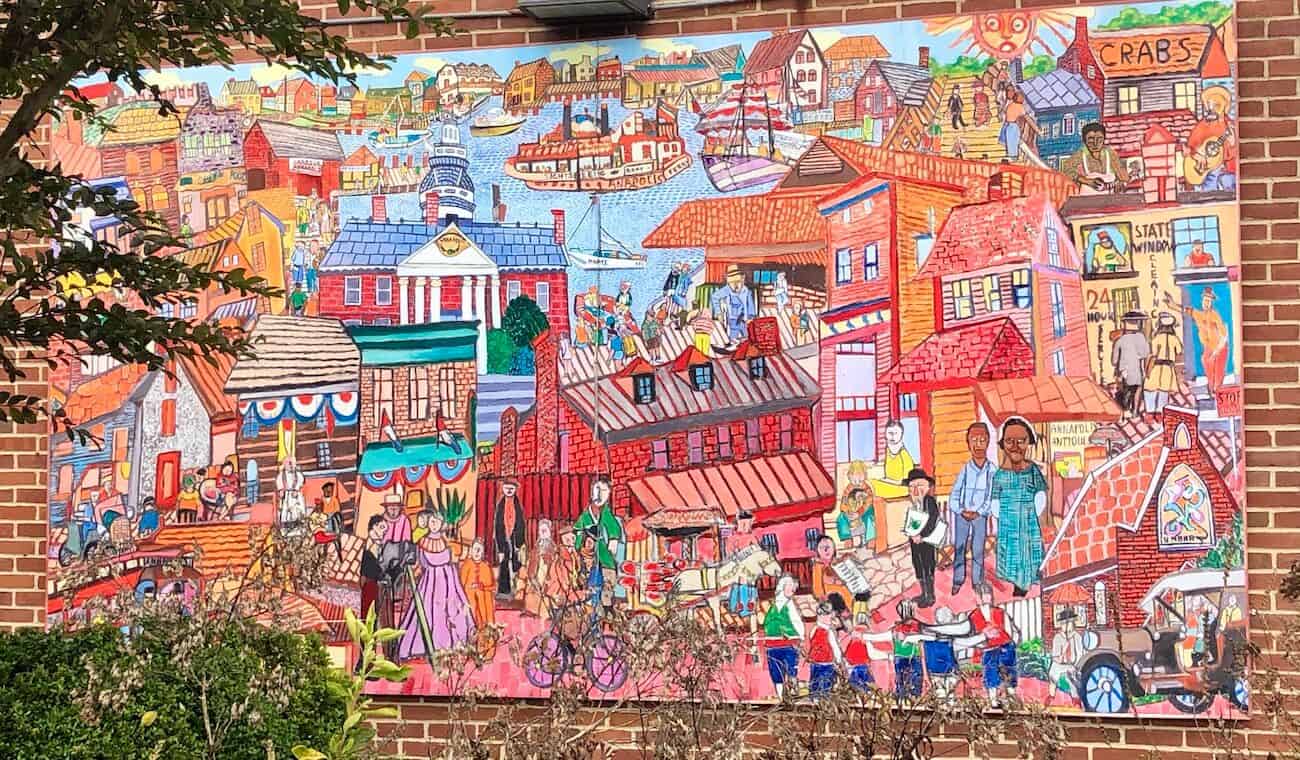
Architecture: Architecture helps us understand the building of the city’s structures, which began centuries ago.
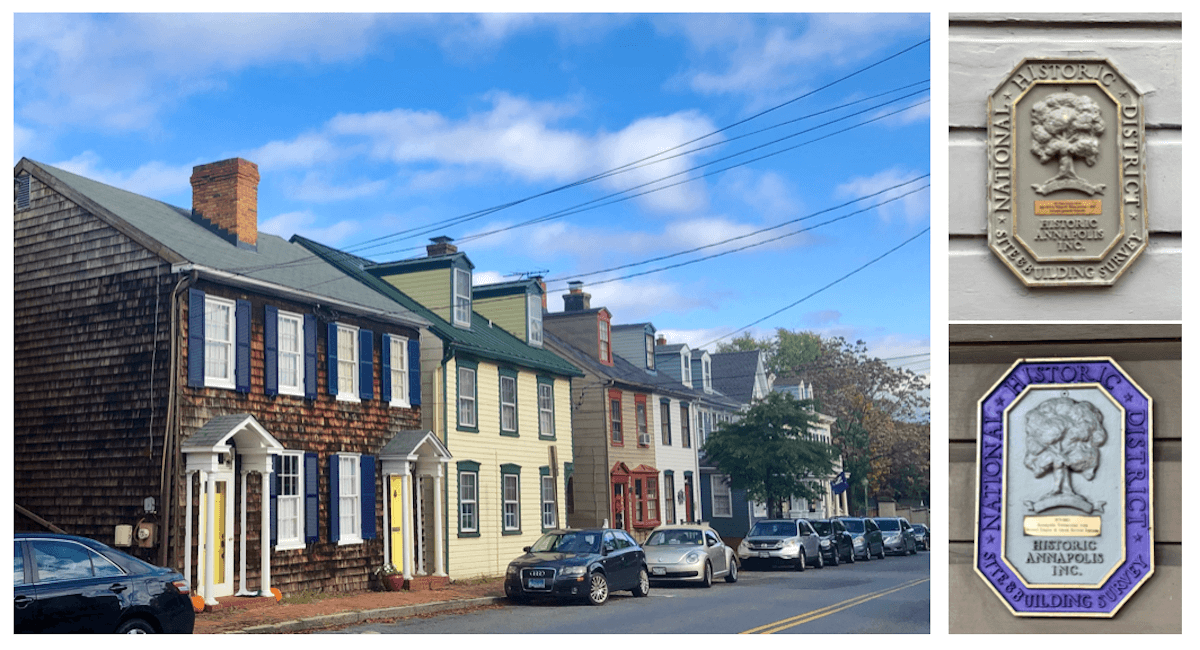
Markers affixed to the front of historical buildings denote the architectural design of that building. For example, red markers signify that the building is in the Georgian style, known for its symmetrical design; this building style was popular in the colonial period. The colored markers continue for these styles: Federal (blue), Greek Revival (green), Victorian (purple), Annapolis Vernacular – often seen on row houses in town (gray), and 20th Century Distinctive (yellow).
#13 Picnic with a View
If the weather is nice, enjoy a picnic lunch outside in one of several scenic spots, including the grounds of the Maryland State House (State Circle) or even the City Dock.
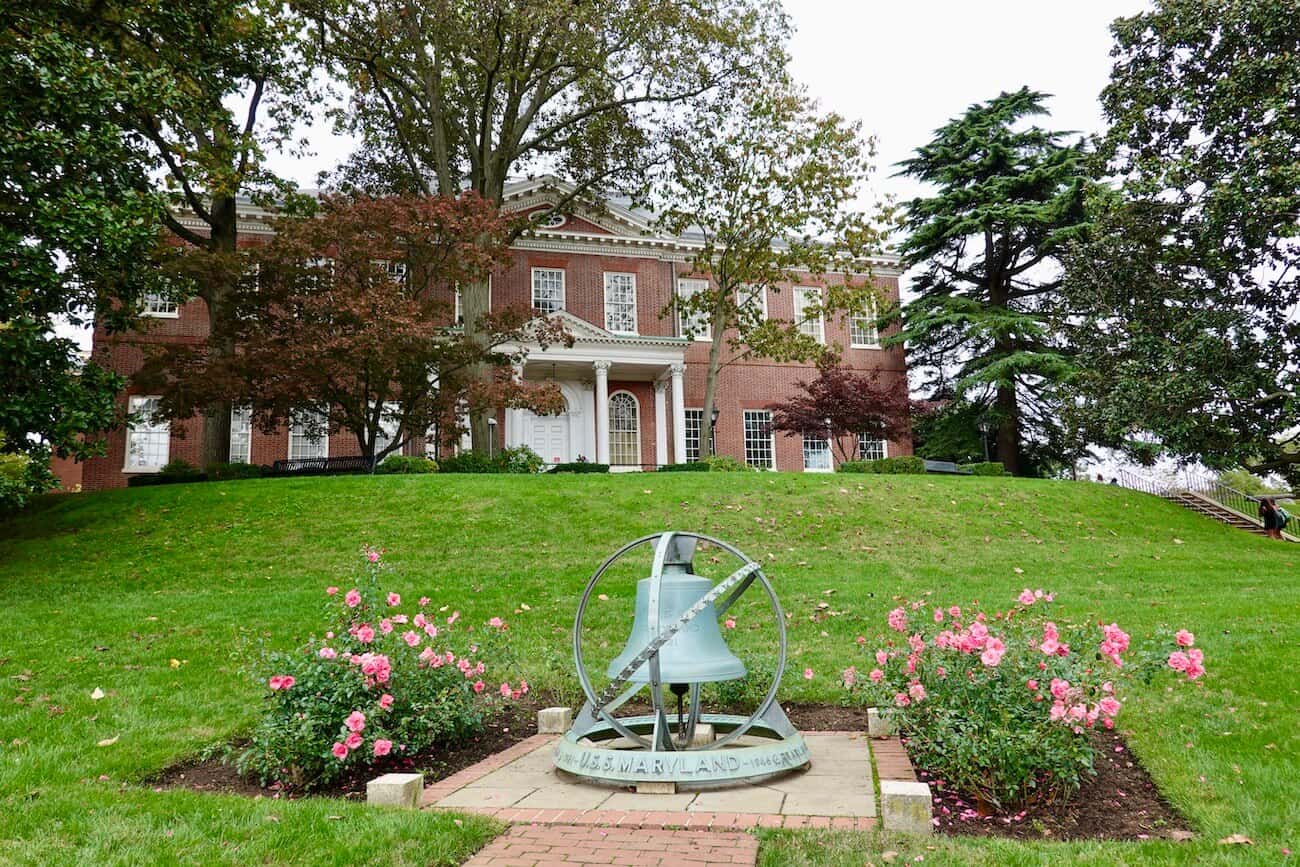
#14 Shopping & Eating
There’s no shortage of shopping options in town. Main Street (running from the City Dock to Church Circle) has a good number of stores and boutiques, and Maryland Avenue (from State Circle to King George Street) has additional shops. One of my favorites is Old Fox Books, which has a well-curated book selection and a cozily packed coffee shop in its small footprint.
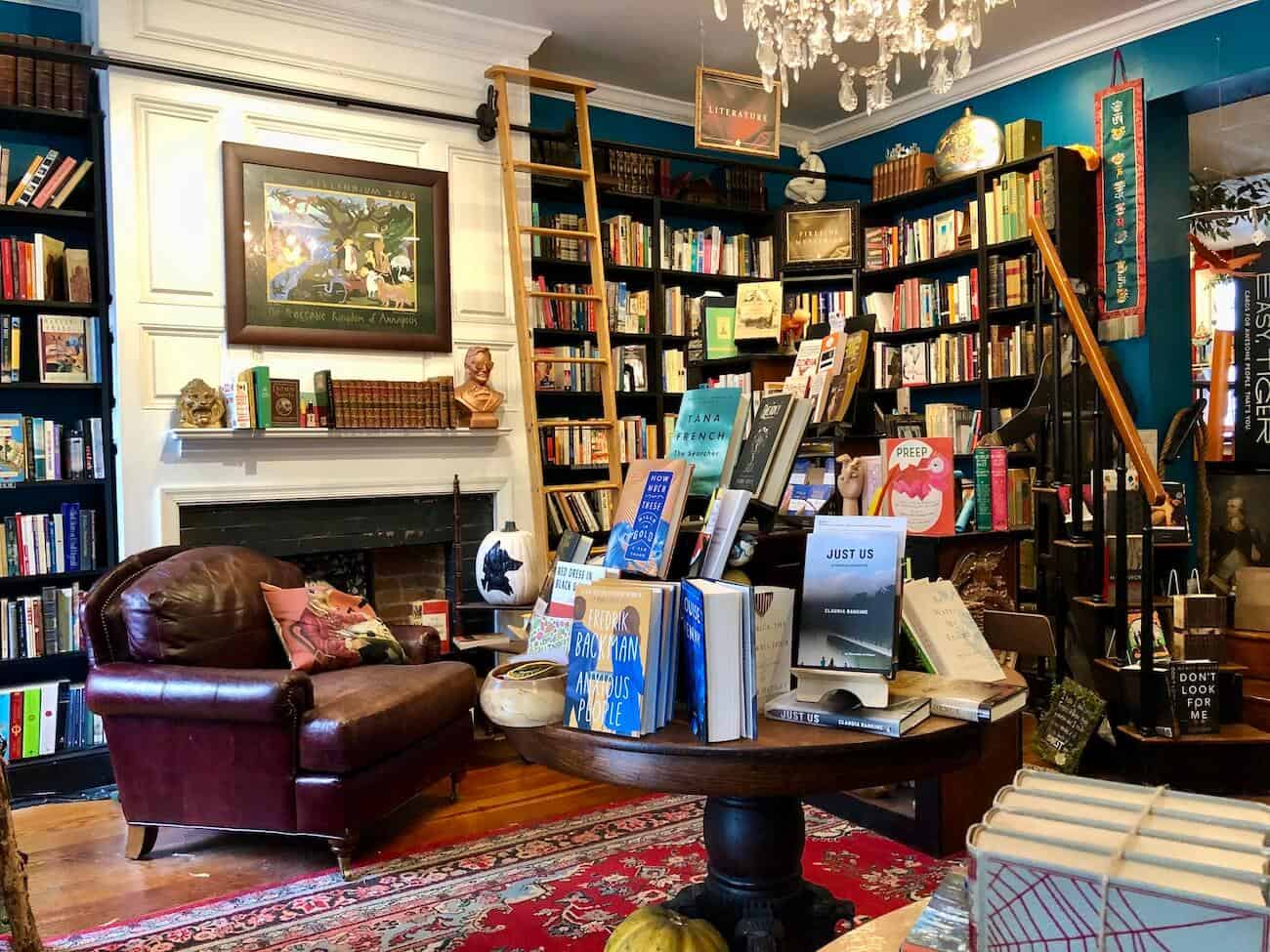
Seafood lover? Whether you prefer hard-shelled crabs or crabcakes, Annapolis has you covered. If you’re not into crabs, don’t fret. There are plenty of other options (for seafood and just about everything else) awaiting you in town and Eastport, across the narrow Spa Creek, a short walk or water taxi ride away.
We enjoyed Forward Brewing, Galway Bay, and Middleton Tavern for breaks on our busy sightseeing days.
Other restaurants I recommend:
- Annapolis Ice Cream (a perennial favorite, offering creamy, rich ice cream),
- Boatyard Bar & Grill (yummy crab cakes without a lot of filler, plus Maryland’s classic dessert, the Smith Island cake),
- Carroll’s Creek Cafe (excellent dinner with scenic water views),
- The Choptank (fish, oysters, crabs, and more at this waterfront spot at City Dock),
- Dry 85 (delicious food in a Prohibition-themed restaurant offering whiskey flights and a wide variety of wine, craft beer, and spirits),
- Harry Browne’s (fine dining with a view of the State House), and
- O’Leary’s Seafood (a variety of seafood along with steak and pork).

You can reach Eastport, home to many great restaurants and cafes, by a quick water taxi (at City Dock) or by walking along Compromise Street (about a mile). For dinners in Eastport, we opted for the water taxi over and an after-dinner stroll back — to shed some of our recent delicious calorie intakes.
#15 Hall of Presidents Before Washington
On our delightful walking tour of the town, we learned that George Washington was not technically the first president of the U.S. There were others before him who served from the time of the First Continental Congress in 1774 — years before Washington was elected after the ratification of the U.S. Constitution. These other presidents (actually men who presided over Congress, and thus termed president) are commemorated in a display Hall of Presidents Before Washington in the Westin Hotel, a short drive away from the center of town. After entering the hotel, walk to your immediate left to see the display. 100 Westgate Circle. Open to the public.
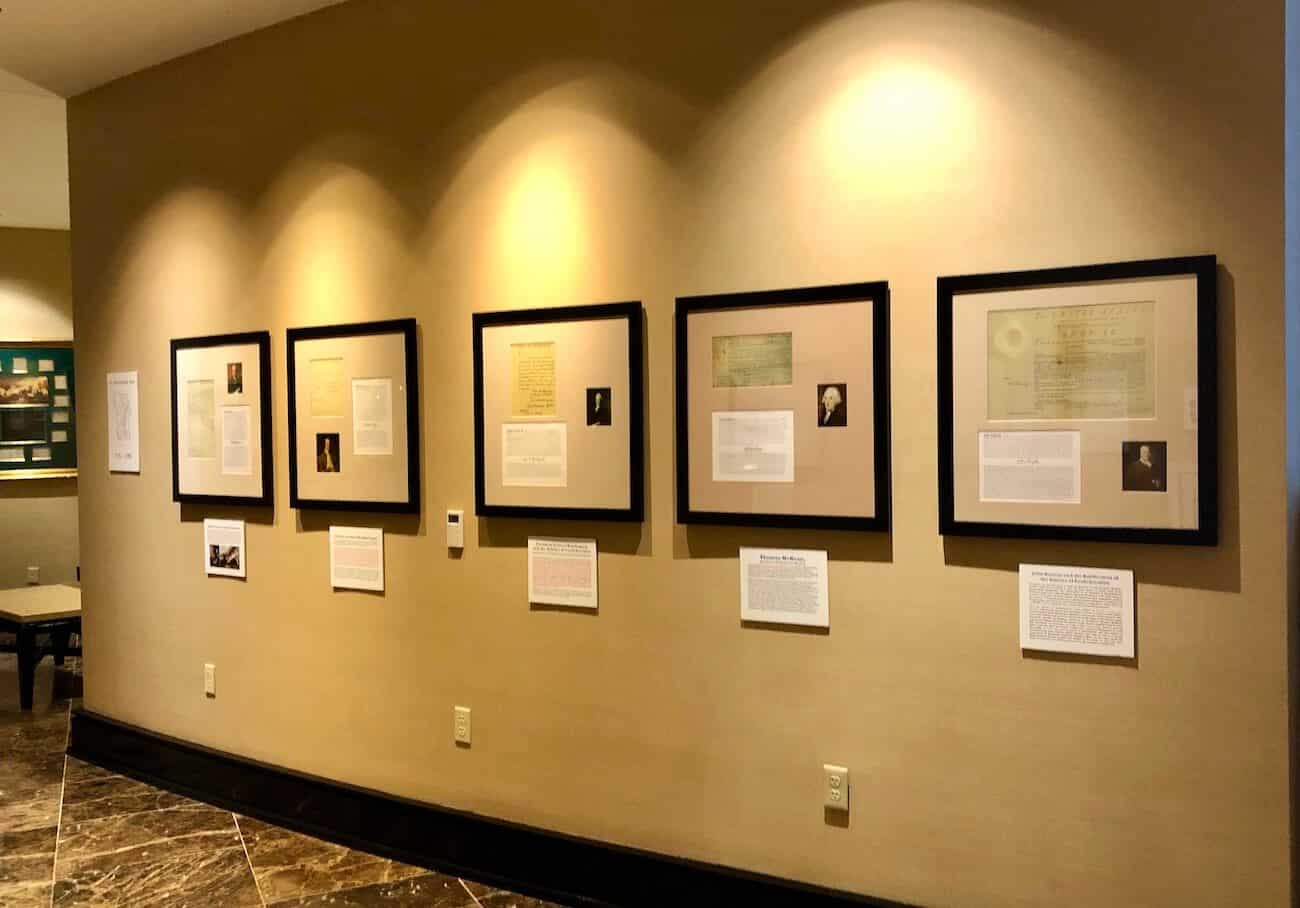
#16 Nearby Hikes
Several scenic hiking/walking spots are a short drive from town. Check out:
Greenbury Point Trail
With views of the Severn River and the Chesapeake Bay, Greenbury Point sits on property owned by the U.S. Naval Academy. Its crushed stone trail provides views of the Chesapeake Bay Bridge, three large communication towers from World War I, and wildlife. This dog-friendly trail is open to the public most days from 6:00 am to 8:00 pm (closure time is 6:00 pm from November-February). It is closed when it’s being used as a training site; check @NSAAnapolis on Twitter or call 410-293-9304 for closure updates. Bullard Boulevard, Annapolis, MD
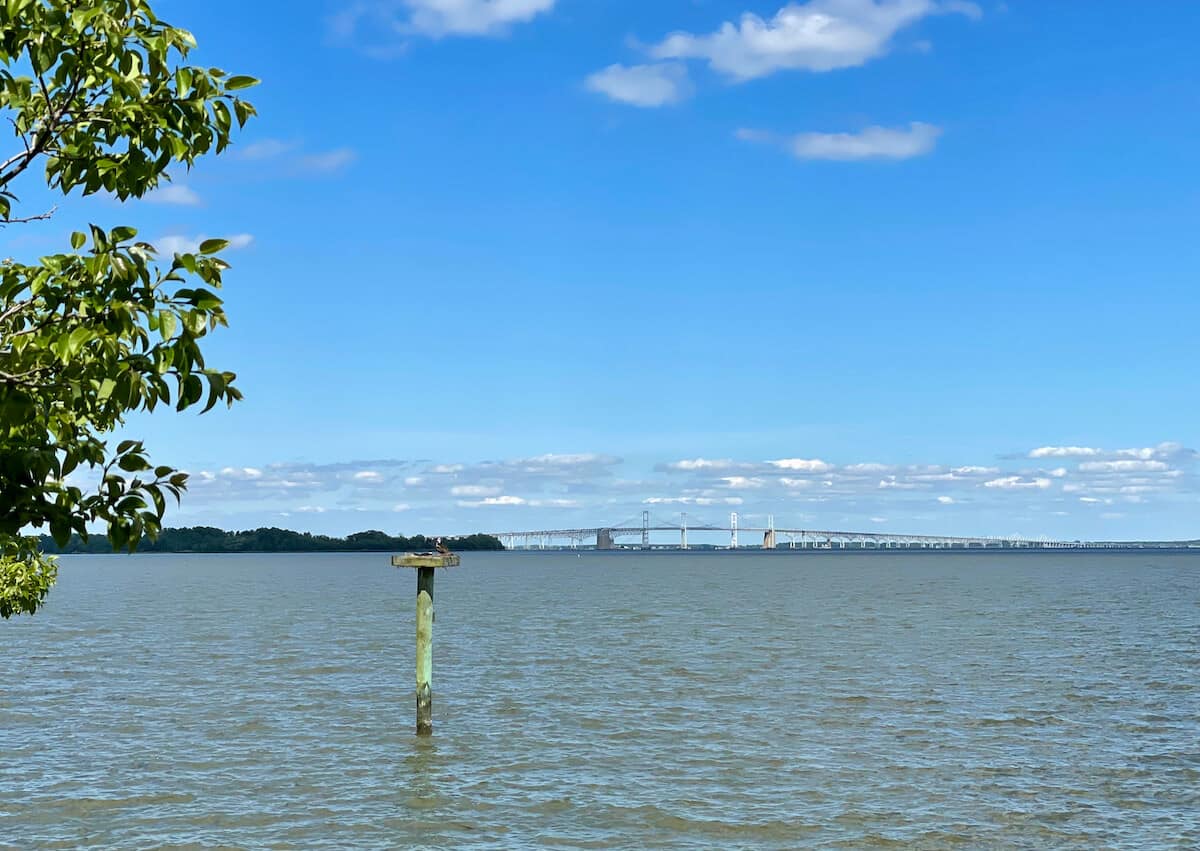
Smithsonian Environmental Research Center
The Smithsonian Environmental Research Center (SERC) offers several trails (each less than 2 miles long) and bike paths through this property that was once a working farm and is now part of the Smithsonian Institution. Today the research is focused on coastal ecosystems (and related conservation methods). The Java History Trail (1.3 miles) offers informational signage that tells of the land when Native Americans, settlers, and more recently, farmers lived here. There is no fee to enter the grounds. Pets are not allowed since it’s an active research site. Open Monday-Saturday, 8:30 am to 4:00 pm; check online to verify current hours. 647 Contees Wharf Rd, Edgewater, MD
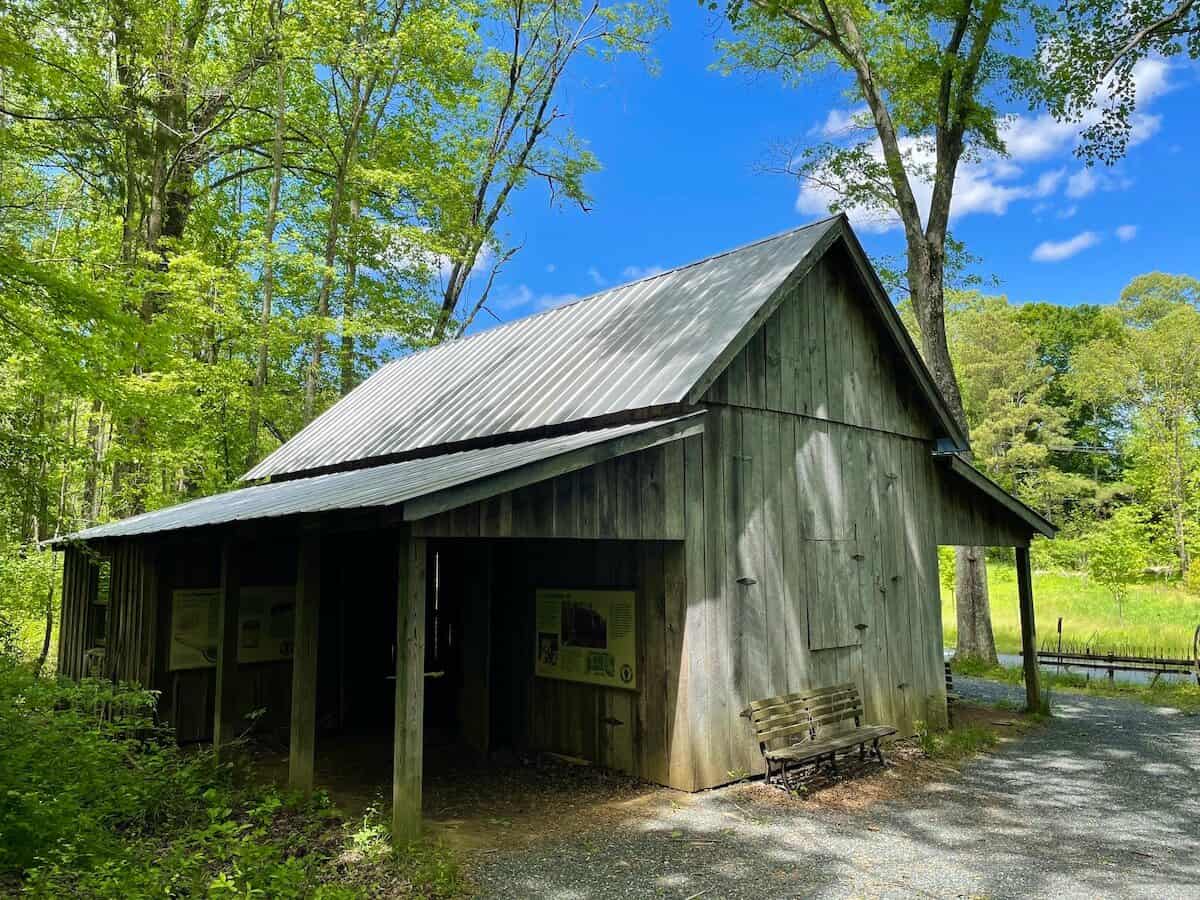
Quiet Waters Park
Quiet Waters Park has a bit of something for everyone: paved trails through mostly wooded areas, gardens, a large reflecting pool, a scenic outlook on the banks of the South River, views of Harness Creek, a playground, a dog park, a dog beach, and plenty of gazebos and picnic spots. Open 7:00 am – dusk year-round. Admission charged. 600 Quiet Waters Park Rd, Annapolis, MD
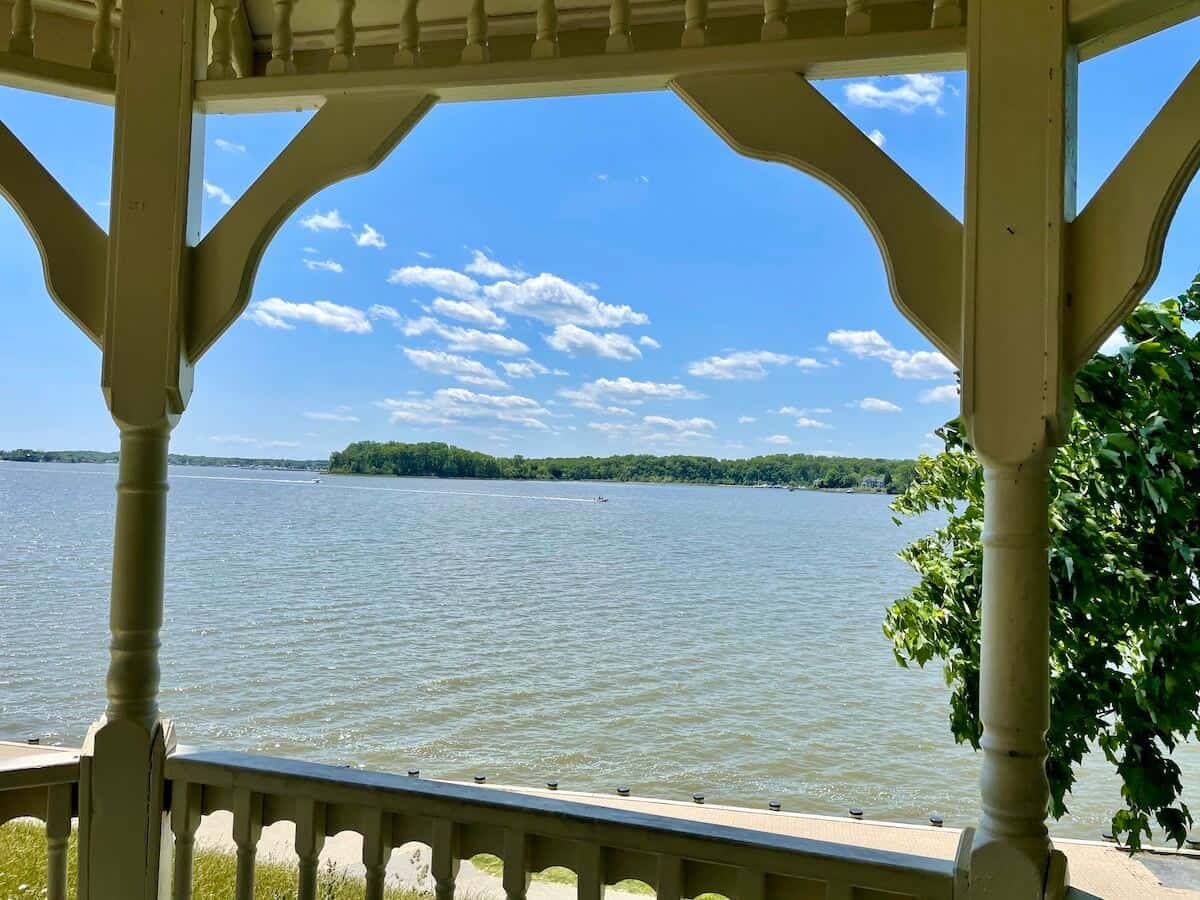
#17 Historic London Town & Gardens
A short drive away is Historic London Town and Gardens, the beautiful spot marking another seaport town that pre-dates Annapolis. Here you’ll find historical structures and lovely gardens that boast year-round interest. Make sure to go on a guided tour to soak in as much of this interesting history as you can. 839 Londontown Rd, Edgewater, MD
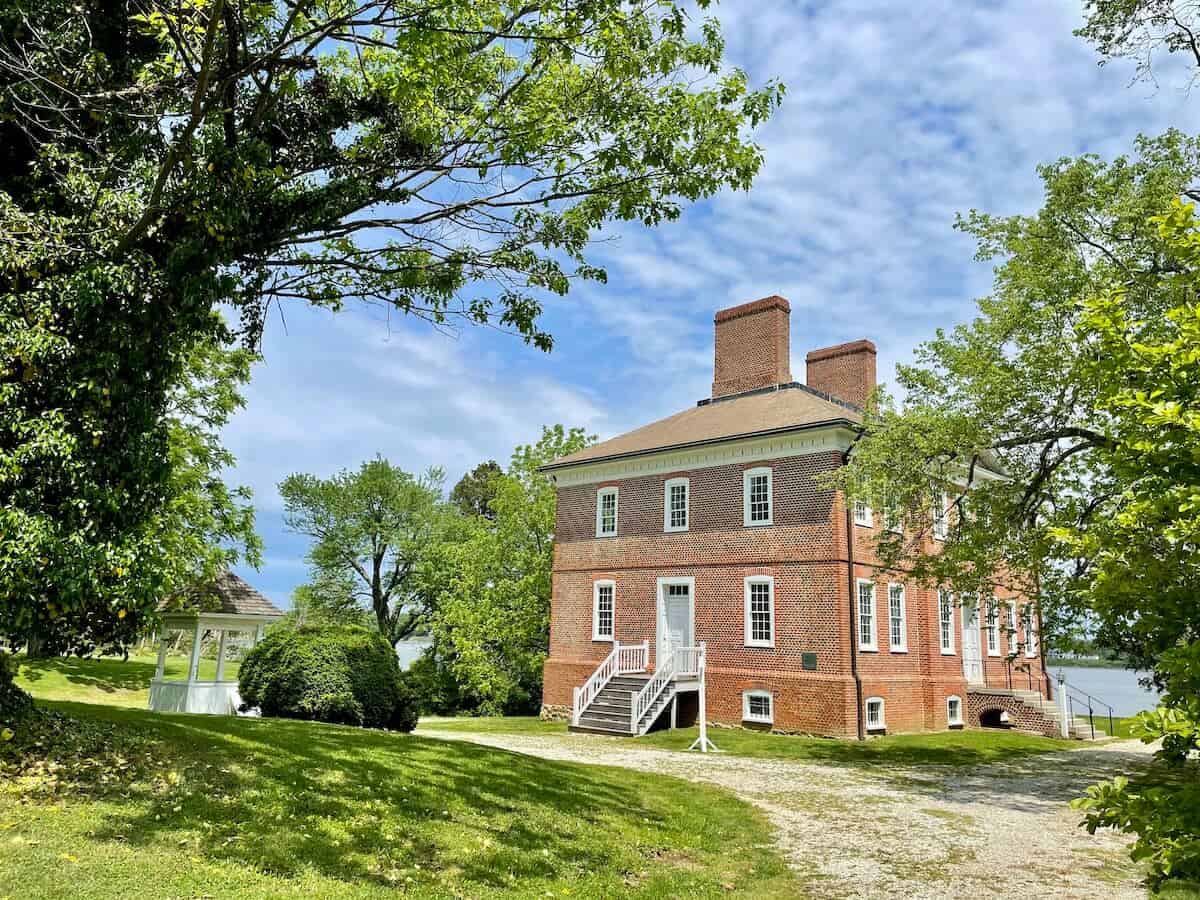
Where to Stay
When planning our trip, I searched for the perfect place to relax while visiting this beautiful city. We found it in the Flag House Inn on Randall Street, steps away from City Dock, the historical center, and the U.S. Naval Academy. Its location and reputation for excellent hospitality won us over, and we booked a stay that was delightful. Flag House Inn lives up to its name by flying the flags of the states or countries its current guests hail from.
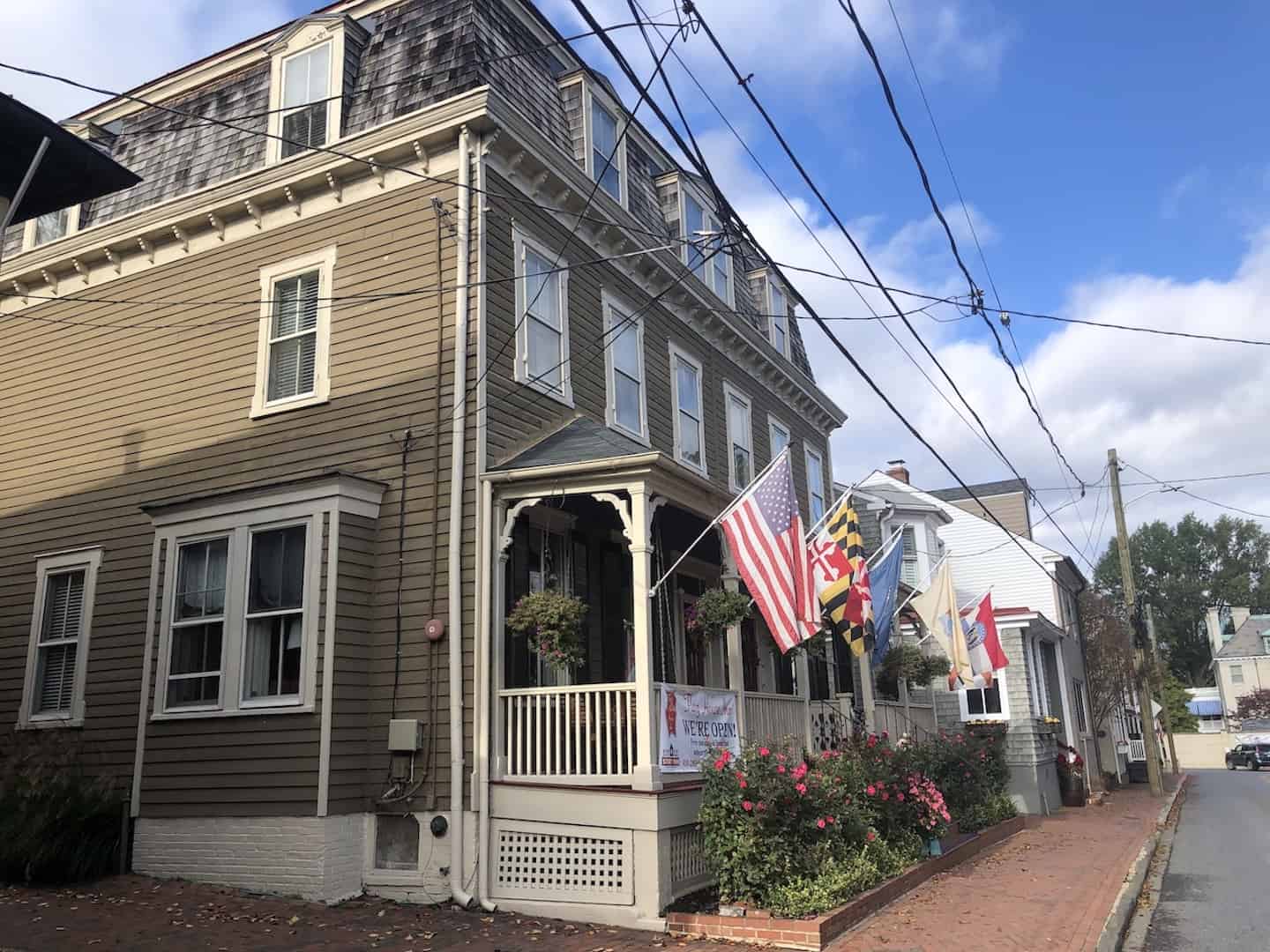
Brief History of Annapolis
The original settlers, Puritans, arrived in the area in the 1600s from England seeking religious freedom. Over time, the population grew, and this area was chosen as the site of the capital of the Maryland province. The town’s name evolved over its early years but became Annapolis in honor of Princess Anne of Denmark and Norway, who later became Queen Anne of Great Britain, ruling in the early 1700s.
The City by Design
The city was laid out in a unique design for early American cities. Instead of the grid pattern (like in Philadelphia) favored by some city designers, Annapolis was planned using the Baroque model, popular in Europe, with two main circles from which other streets radiate — like spokes of a wheel. The two main circles represent the colonial powers: Church Circle (home to St. Anne’s Church, an Anglican parish) and State Circle (home to the Maryland State House that also served as the U.S. capitol in the 1780s).
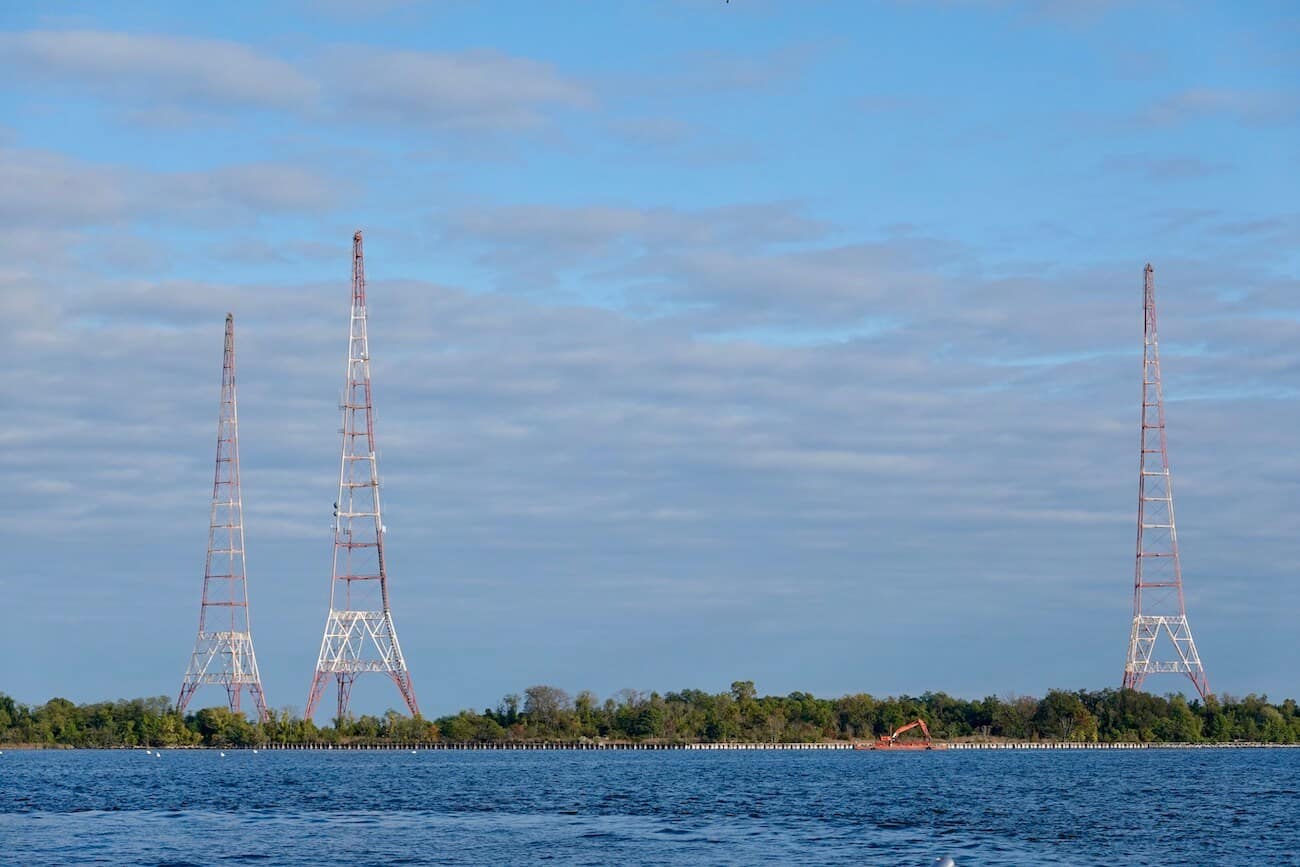
U.S. Capital in Annapolis
In 1783, Annapolis (and the Maryland State House) served as the temporary capital of the United States for about nine months; during that time, General George Washington resigned his command of the Continental Army; a few months later, the Treaty of Paris, ending the American Revolutionary War, was signed.
Annapolis Grows
In the 1800s, the town’s seaport became a popular destination for visitors and yachters. In addition, key maritime industries grew, including oyster harvesting and packing, shipbuilding, and sailmaking. The U.S. Naval Academy was founded here in 1845.
Today, all of its political, religious, industrial, and cultural histories make it a “museum without walls” — a moniker Annapolis proudly and justly boasts.
Annapolis Visitor Services
The Annapolis Visitor Center is located at 26 West Street. They provide information on guided tours and parking in downtown Annapolis.
Nearby Attractions
The Delaware beaches are not far from Annapolis — and it’s an easy drive. Consider spending a few days here in town and then head on over to the Atlantic coast for time on the beach. The best of 2 scenic, water-centric vacation spots. ⛵️😁🏖😁
Drive for about an hour west and explore Washington, D.C.’s 16 best monuments and memorials. While in the area, consider a trip to beautiful Mount Vernon, the home of President George Washington. It is a wonderful way to learn more about him, pivotal events in history, the lives of his enslaved people, agricultural history, and more. If hiking is your thing, take a drive to Great Falls Park for its wondrous waterfalls and amazing vistas of the Potomac River and Mather Gorge.
Further south of Annapolis is Maryland’s western shore, which boasts more fascinating colonial and maritime history. There are also lighthouses, museums, and hiking trails to explore in that area.
Final Thoughts
Annapolis holds special memories for my family as we visited years ago; back then we came to town to take our young kids on a tour of the U.S. Naval Academy. But this recent trip (just my husband and me) highlighted the special charm the city holds for visitors. It has an upbeat, lively vibe with the comings and goings of sailing tour boats and private vessels (and some large yachts docked on weekends), midshipmen in town, and visitors.
There’s so much to enjoy in this quaint, charming place: history, culture, art, sailing, food, shopping, and just plain relaxing and taking in the views. What makes it even more appealing is that it is entirely walkable. If you’re staying in town (the closer to the historical center and City Dock, the better), you’ll park your car upon arrival and then enjoy all the town has to offer on foot during your entire stay. Annapolis is a great getaway for a weekend or, if you’re lucky, for even longer.
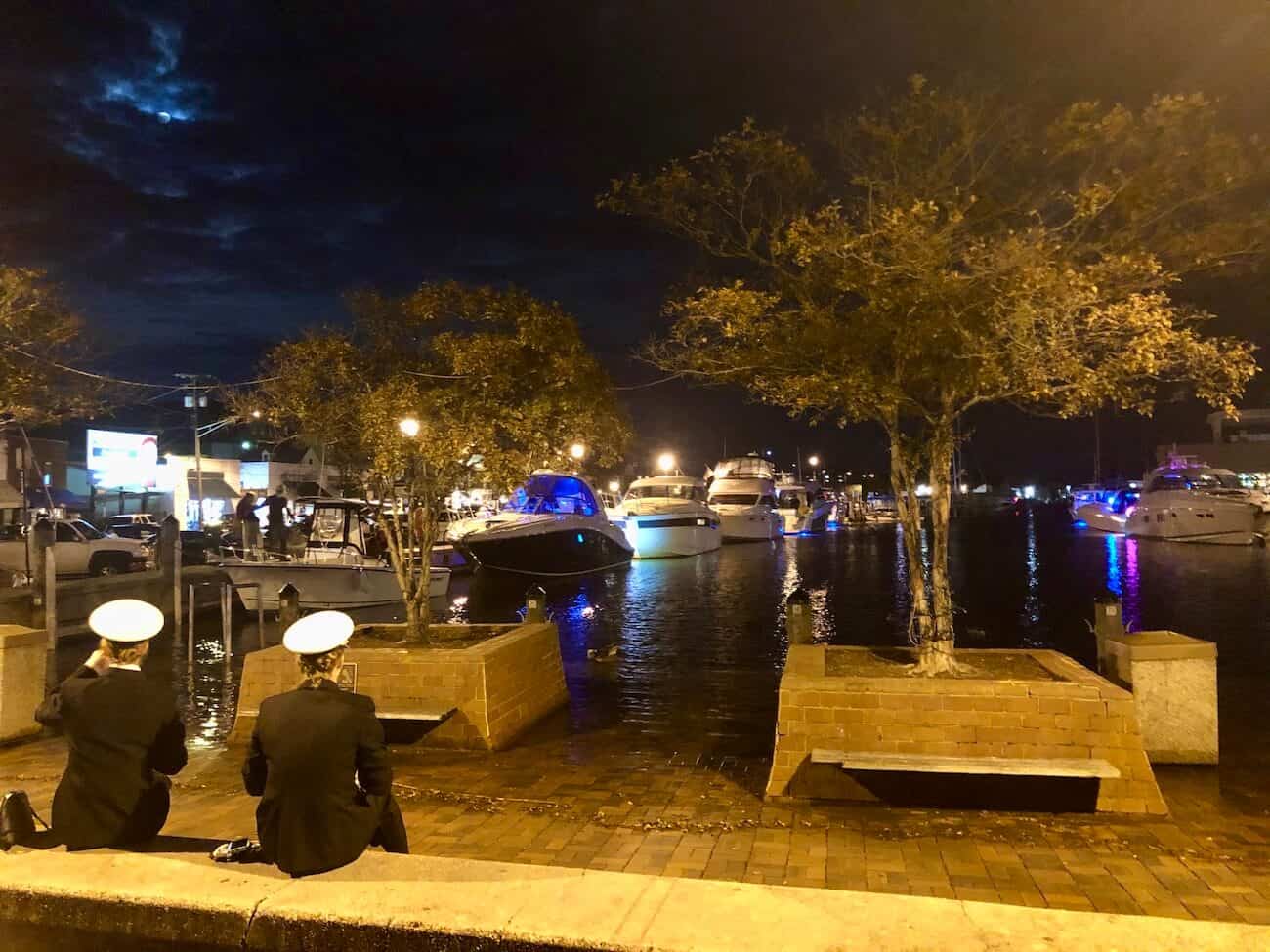
Comments
Feel free to share suggestions on things to do and places to visit in and around Annapolis. Thanks! 🙂

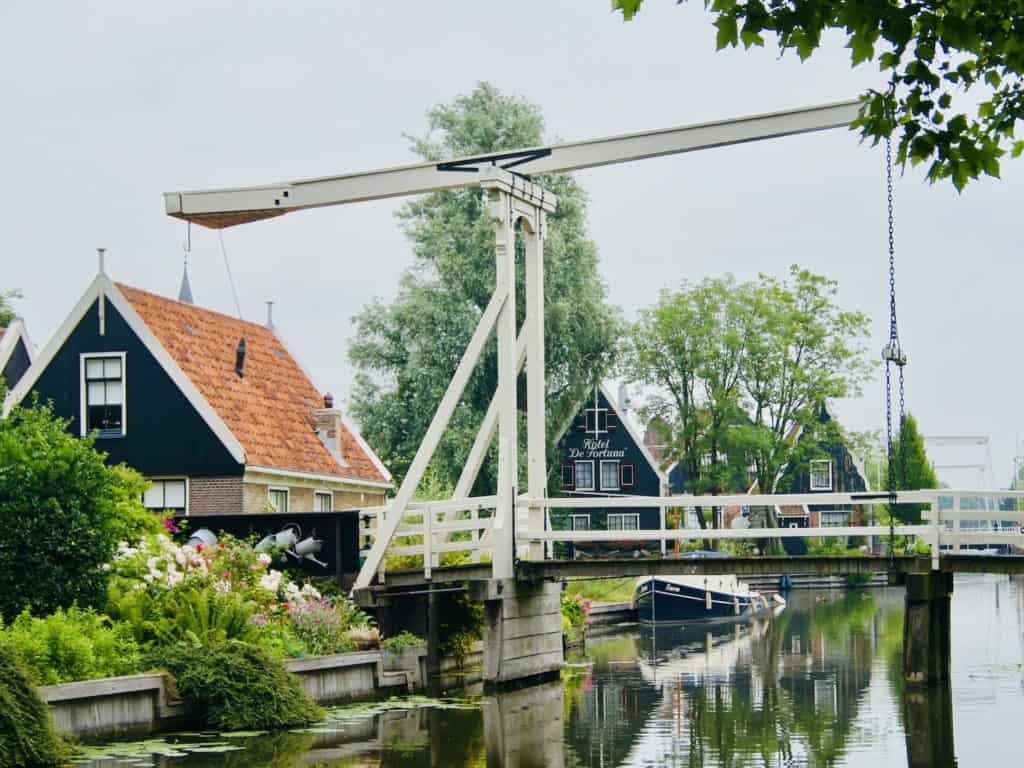
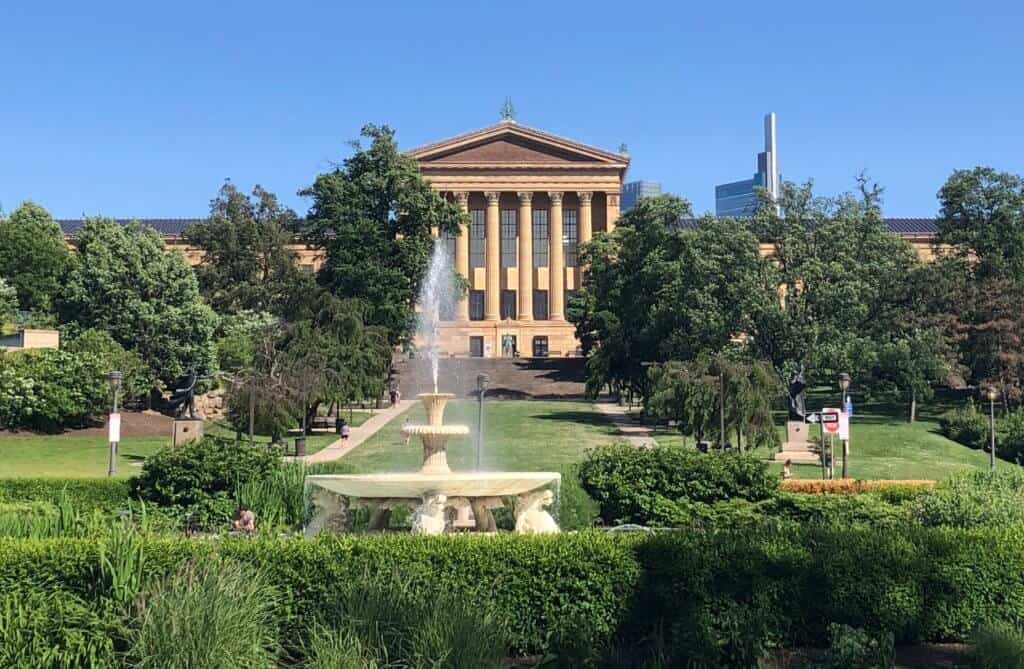
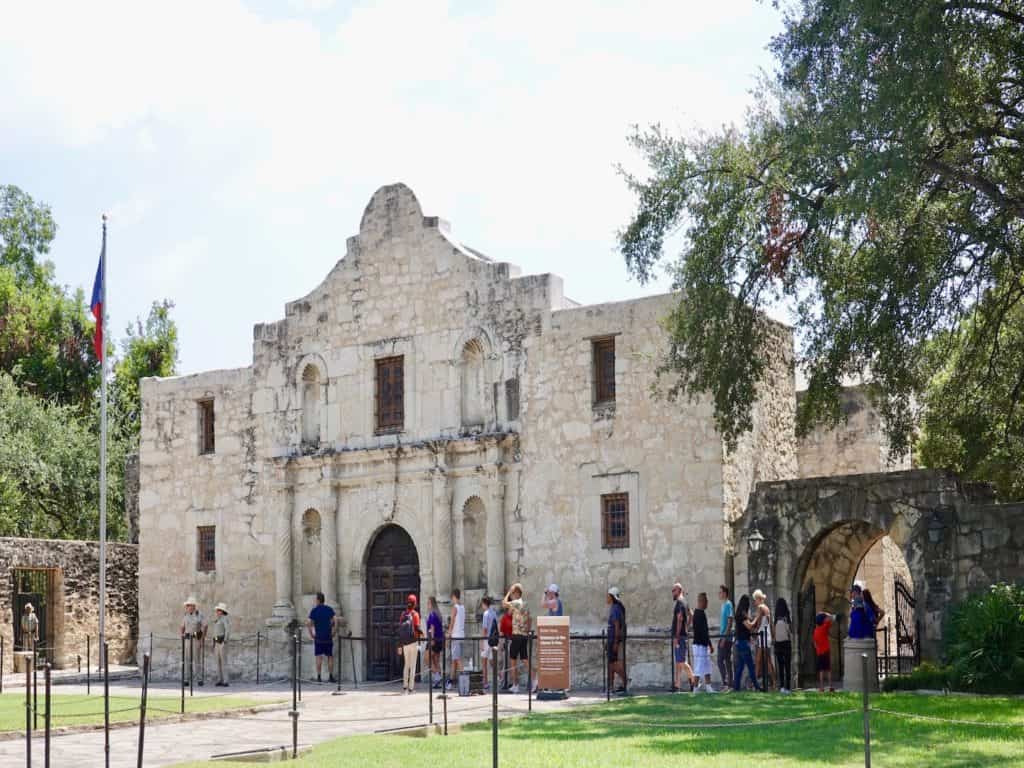
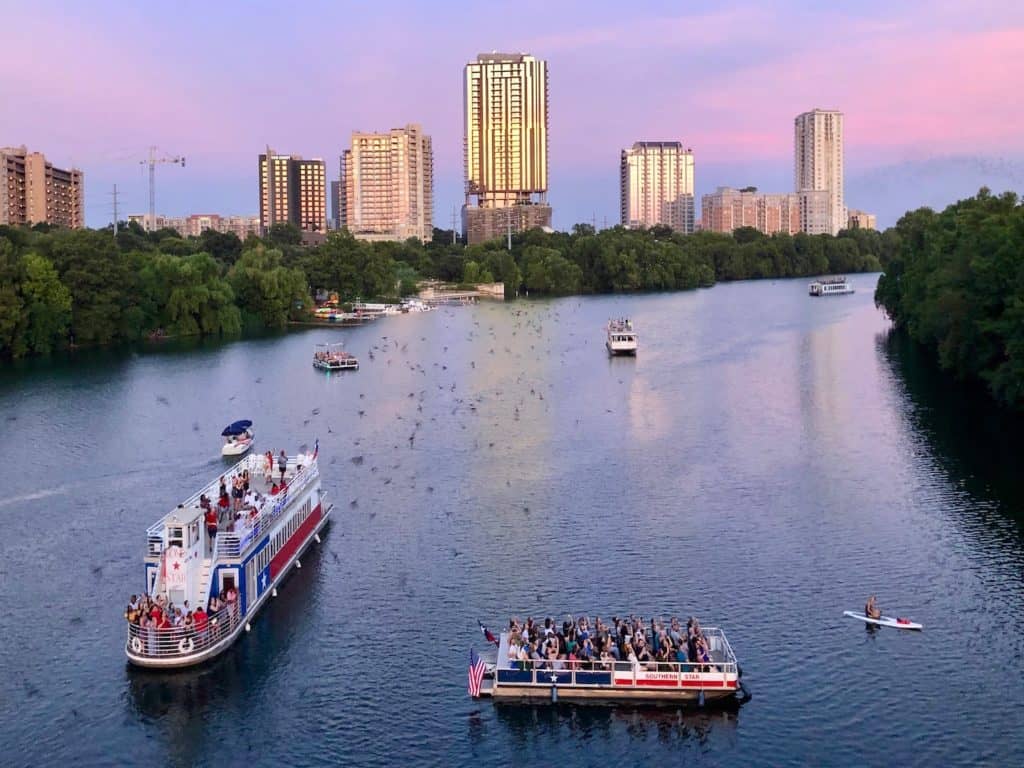
This is an excellent list! Have I missed parking information? The visitors’ center? Circulator bus? Thanks, DR
Hi Donna, I’m glad you found the article on Annapolis helpful. It’s a wonderful place to visit! One of the best parts is that the town is so walkable. Nothing is too far away if you are staying in the historic center of town, but parking can sometimes be tricky. I use the SpotHero app that can help you find parking near your intended location. (You can also go to the town’s website to find parking options.) There are bus tours for visitors, so you may want to do an online search for that to find what suits your interests. There are two visitor center locations in town: one is at 26 West Street (just down the street from Church Circle), and the other is at the City Dock. Hope you have a great visit!